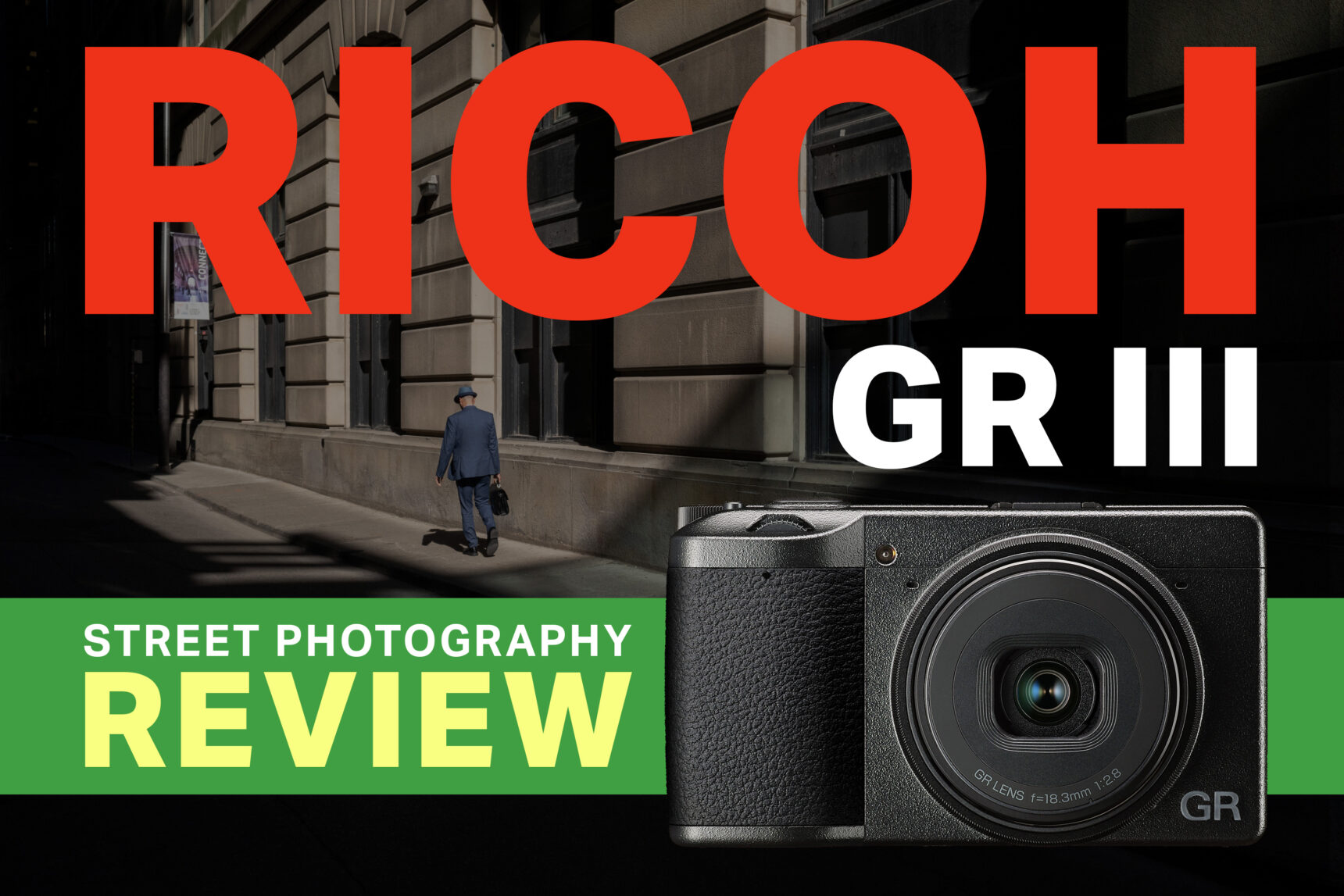I’ve been shooting with the Ricoh GR III for the past few months and I can tell you it definitley lives up to the hype. It’s small, stealthy and produces amazing images but is this the ultimate street photography camera? My Ricoh GR III street photography review has the answer. Hit the jump for more!
Ricoh GR III Street Photography Video Review
The Ricoh GR III is the latest in a long line of well respected cameras that started with the film GR1 in 1996. The combination of small size, exquisite build quality and amazing optics made the GR1 an instant hit with photographers.
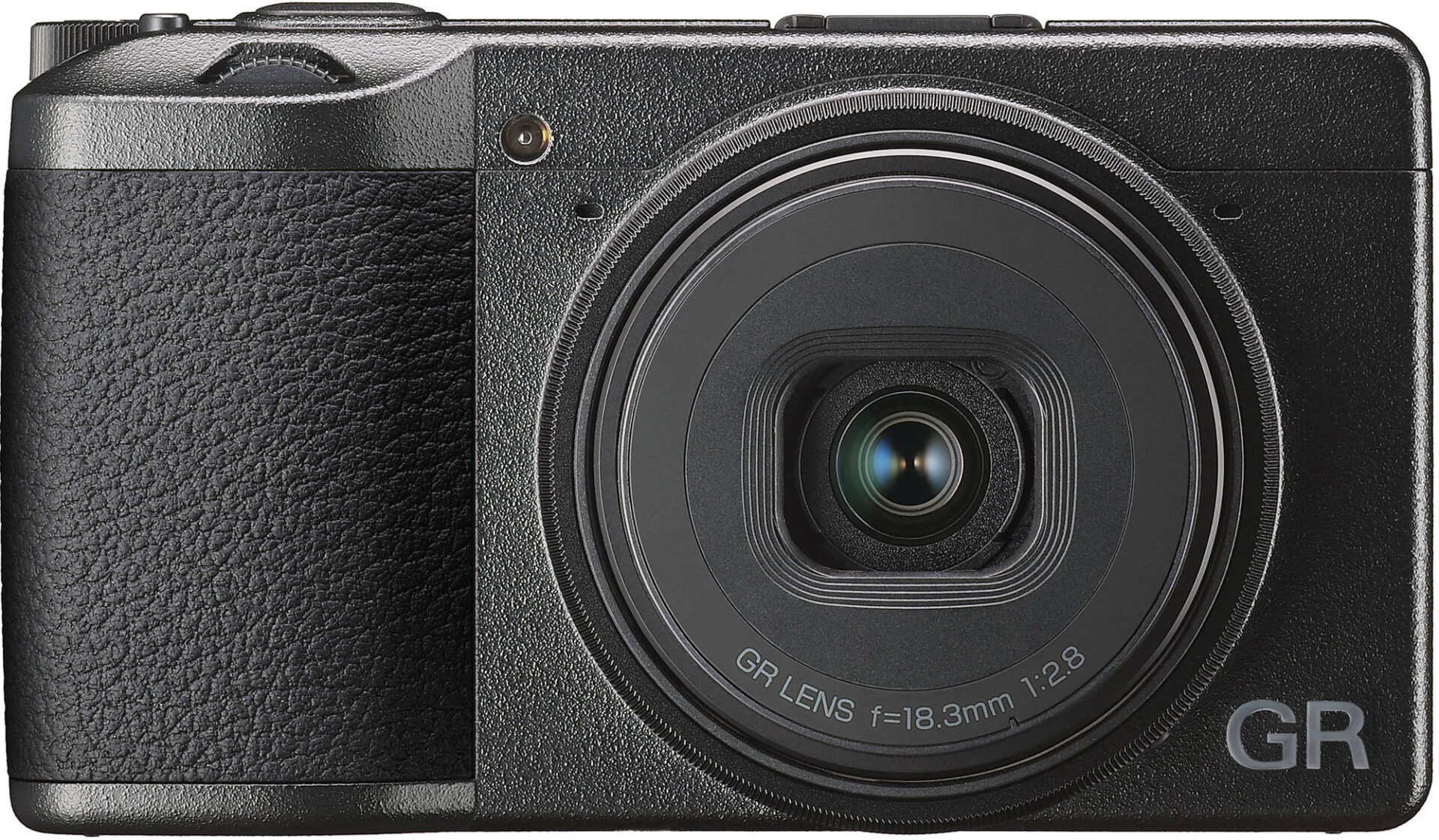
When the first digital GR with a .5″ sensor was released in 2005, a whole new generation of digital shooters were hooked. The first APS-C digitial GR came out in 2013 and was followed by the GR2 in 2015. And that brings us to the GR3 – the ultimate evolution of the GR line backed by 19 years of experience creating the finest point and shoot cameras on the market.
The Ricoh GR3 boasts a ton of new features including:
- Brand new 24MP APS-C sensor.
- Newly designed 18.3mm (28mm equivalent) F2.8 lens.
- Hybrid AF with both phase and contrast detection.
- 3 Axis IBIS for 4 stops of shake reduction.
- Ultrasonic sensor cleaning. Finally!
- Highlight-weighted AE.
- 3″ touch sensitive LCD for framing and viewing images.
So there’s all that – but you can get specs anywhere. I’m more interested in the character of a given camera and how it performs in the real world while shooting on the street.
So let’s get into it!
Body Size and Handling
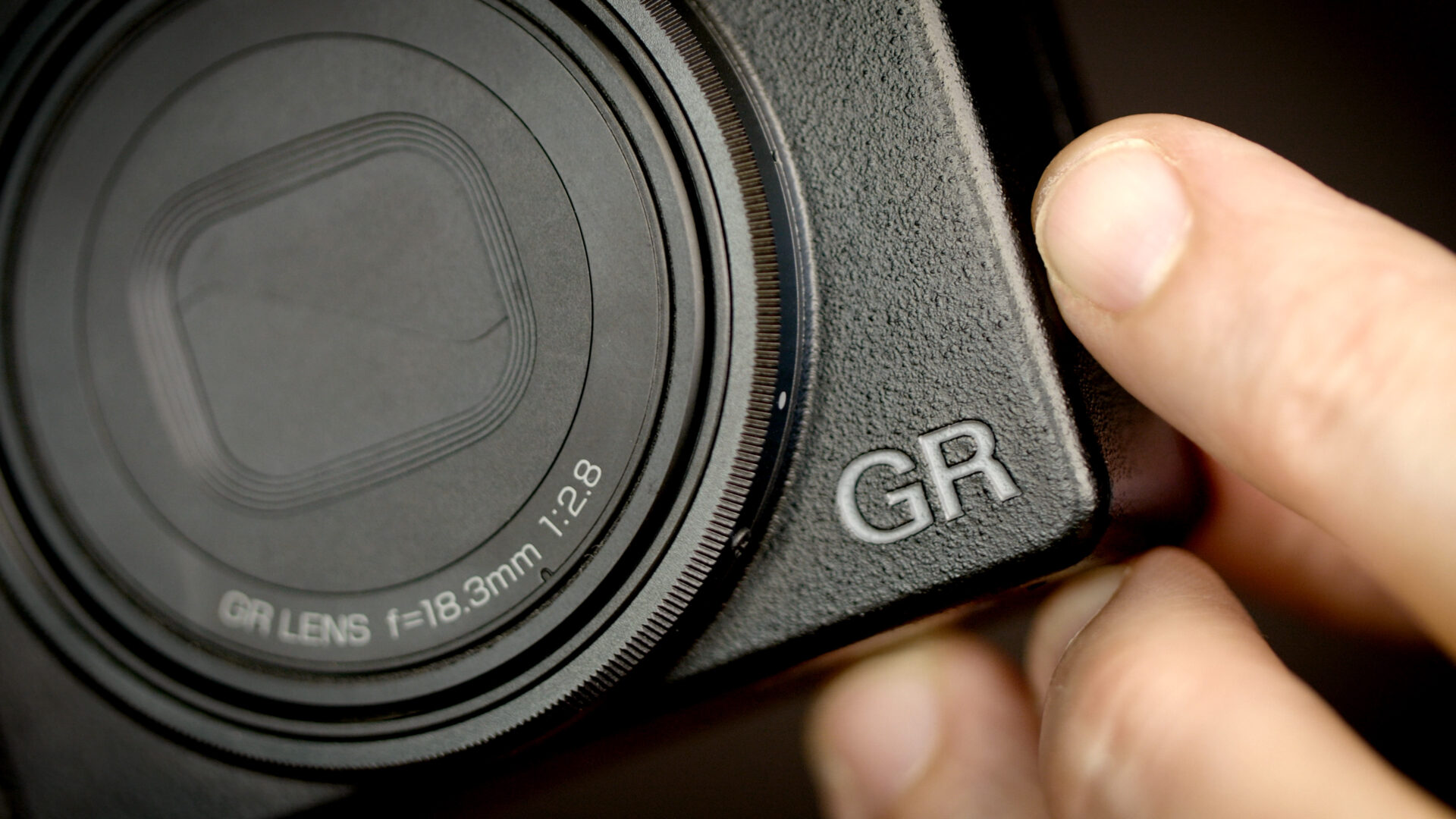
The Ricoh GR3 is noticably smaller than the GR2 it replaces. But this more “pocketable” size means there’s a few buttons missing from the back of the camera. New users will never notice the difference but seasoned GR2 shooters will likely miss the dedicated AF function switch and +/- toggle.
A lot of street shooters used the button on the AF function switch for back button AF which definitely came in handy. But you can get pretty much the same result using the touch to focus feature on the LCD. Just tap the part of the screen you’d like to focus on then half press the shutter and you’re set.
I personally missed the +/- toggle because I had my GR2 set to adjust snap focus distance using these buttons but I quickly realized the GR3 has a button/dial combo for this. Just hold the command dial up and rotate the front dial.
Easy peasy!
I’ve talked to a few people who thought the GR3 might be a bit “too small.” Apart from adapting to the changed controls layout, I never had a problem with the new size. This tiny camera produces professional results and the fact that it’s so small means I’m a lot more likely to have it with me whenever I leave the house. You can’t really complain!
But that never stopped me. LOL!
Sing A Song Of Snap Mode
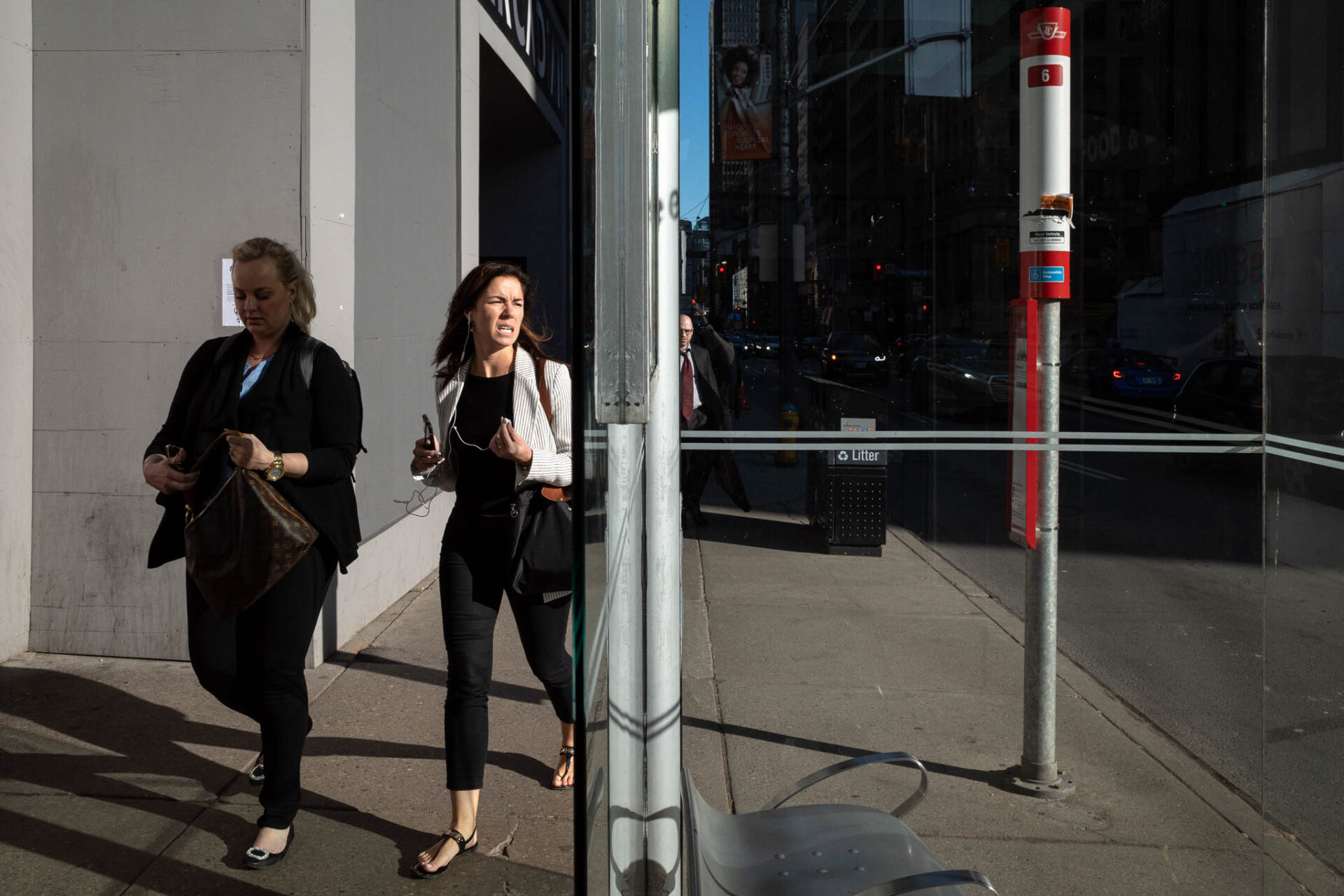
Hands down, my favorite feature of any GR camera is the Snap Focus mode. In a nutshell, Snap Focus mode lets you set a fixed focus distance and use aperture to create the amount of depth of field you need to get your subject in focus.
A lot of street photographers (myself included) want the entire frame to be in focus and use composition to draw attention to different elements within the shot. With the Snap Focus on the Ricoh GR III, I can set my aperture at f9 and my snap focus distance to 2 meters and shoot confidently knowing that everything from about 1 meter (3 feet) to infinity is going to be sharp.
No more taking time to think about what you’re going to focus on and aquiring focus. Just set it and forget it!
Timing is critical in street photography and even 1/10th of a second can mean the difference between getting and missing the shot. Snap focus eliminates the time needed to choose a focus point and acquire focus and all you can concentrate on the psychology of the frame.
Leica shooters have been using this kind of zone focus technique for decades and it’s brilliant to see it in a camera like the Ricoh GR III.
You can shoot this way with any mirrorless camera by manually setting the lens to appropriate distance for a given aperture. But most modern cameras don’t have a reliable focus distance scales for manual focus and you have to “estimate” the distance by focusing on an object in the real world.
Ricoh’s implementation is so effortless that I prefer it hands down.
Highlight-Weighted AE FTW!
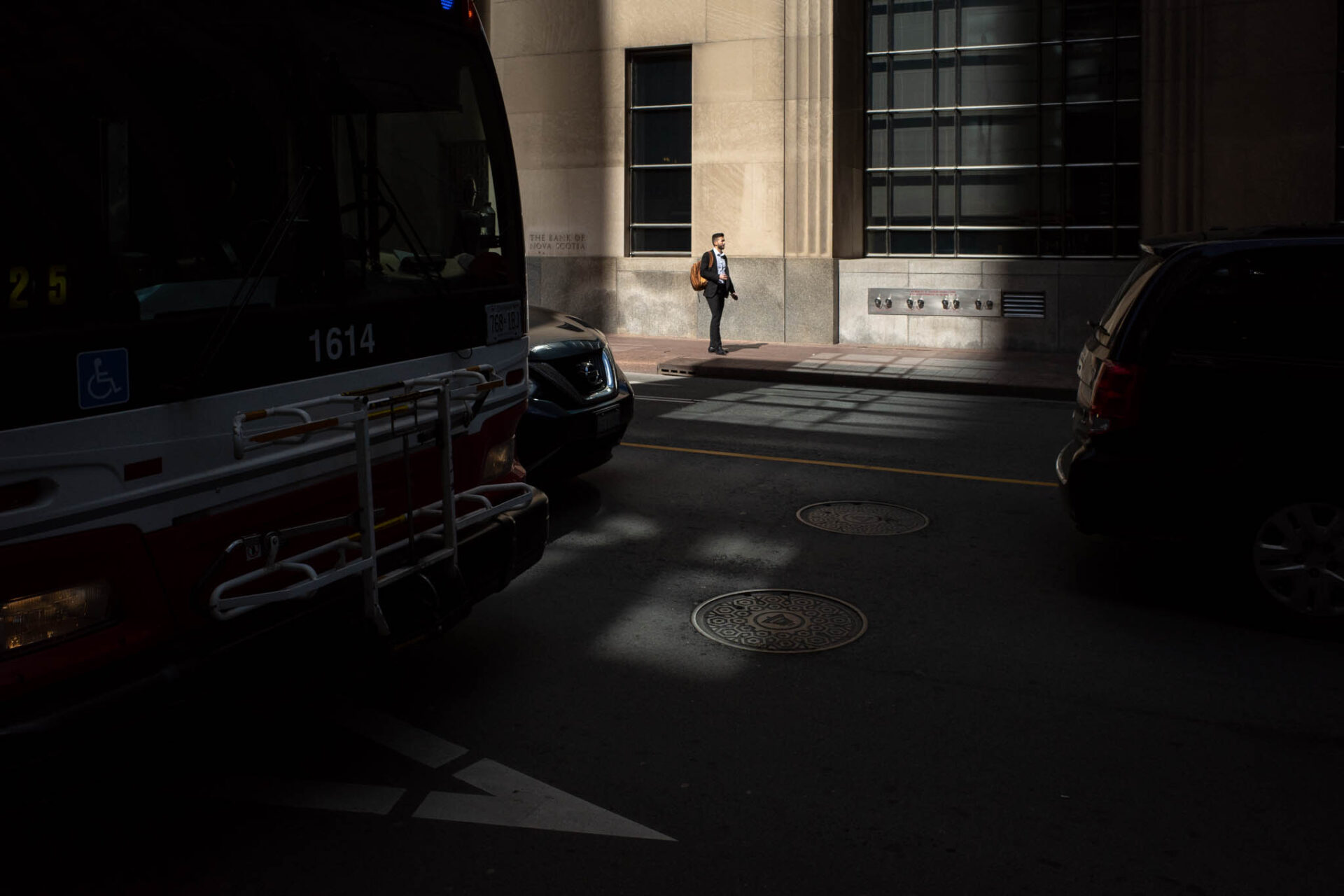
Ricoh has included Highlight-weighted metering the GR3 and it’s kind of a big deal. Basically, it’s an AE mode that exposes for the highlights and prevents them from blowing out in high contrast scenes like we often see on the street.
Now I’m a manual exposure kind of shooter. But there are times when AE would come in handy. Partly cloudy days when the light is changing rapidly and unpredictably. Or if I’m in and out of buildings. There’s rarely time to meter the scene without missing the shot!
Highlight weighted AE pretty much matches my own exposure choice if I were metering each shot. I still expose manaully most of the time but I’m telling you – this highlight weighted metering might just lure to me to the dark side…
One little thing – highlight weighted AE can be a bit aggressive so I normally set my exposure compensation to +2/3 stops when using it. Your mileage, of course, may vary!
Image Quality
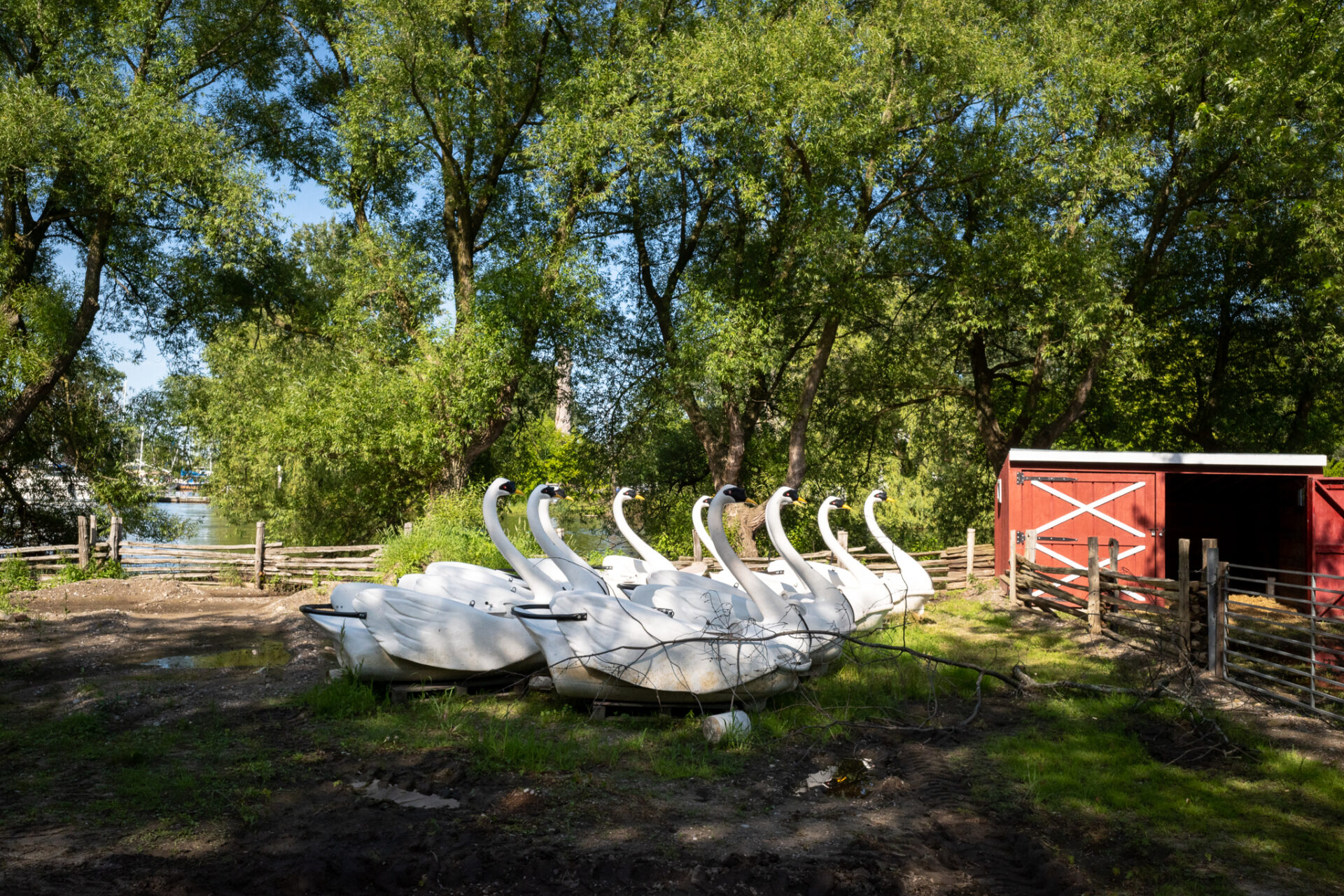
The Ricoh GR3 produces images that have a signature look. I don’t want call these images “filmic” because I hate that word. But they definitely have a filmic quality. Colors are accurate and subdued without that sort of video camera sheen you see from so many digital cameras.
Anyone who follows my personal instagram feed can immediately spot the point when I started shooting Ricoh GR3 street photography. The image quality is that polished and unique.
But beyond the perceptual qualities of the image, the new sensor holds its own when shooting higher ISO. I’ve got no problem shooting at 6400 in a pinch and 3200 holds its own with any modern APS-C camera out there.
All in all, the image quality produced by this sensor and lens combo is remarkable to say the least. I have to keep reminding myself that these shots were taken with this tiny little camera!
But enough of me going on about it! Here’s a few of my favorite street shots I’ve taken with the Ricoh GR III.
GR 3 Image Gallery
Click any image to enlarge…
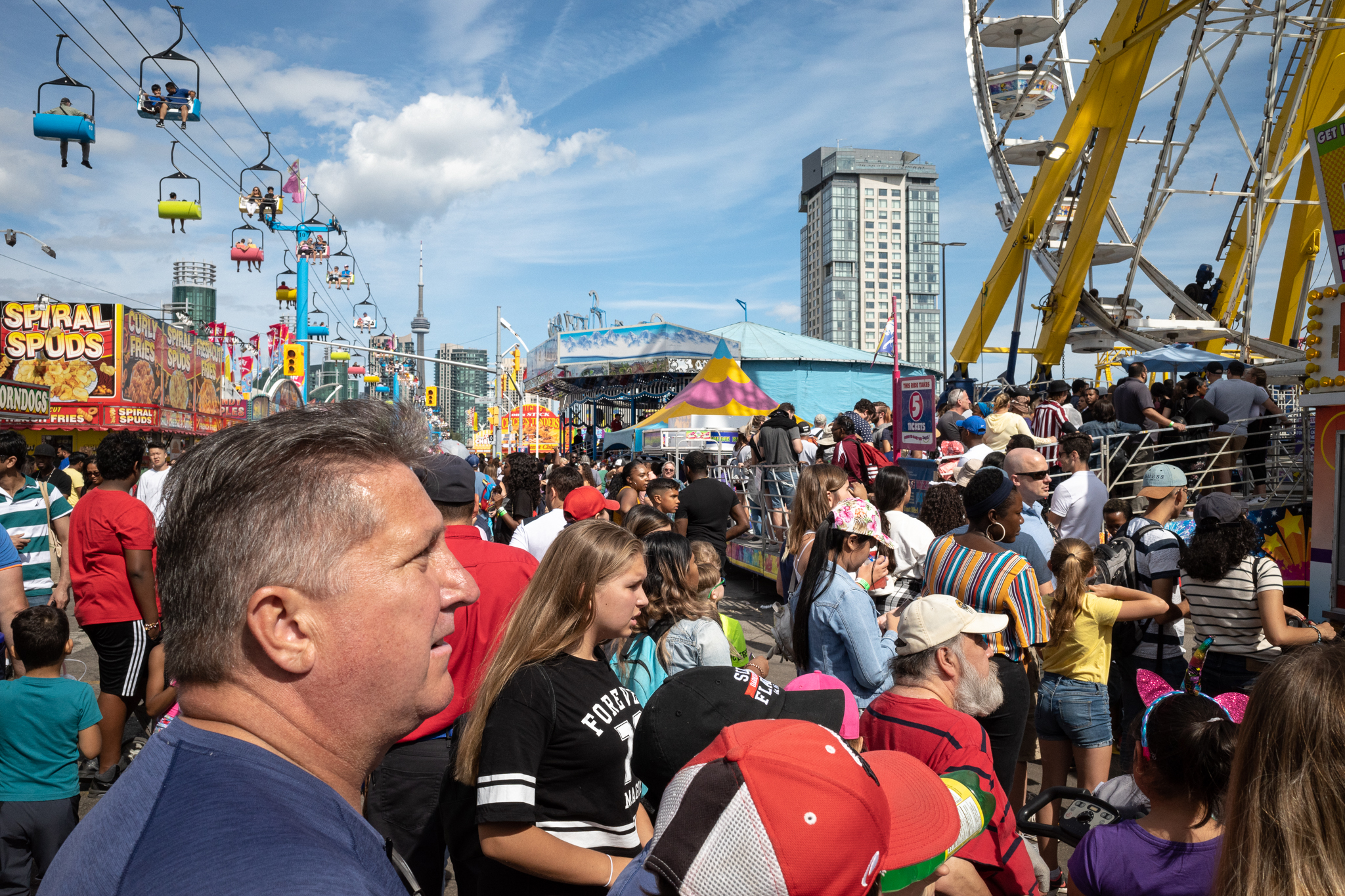
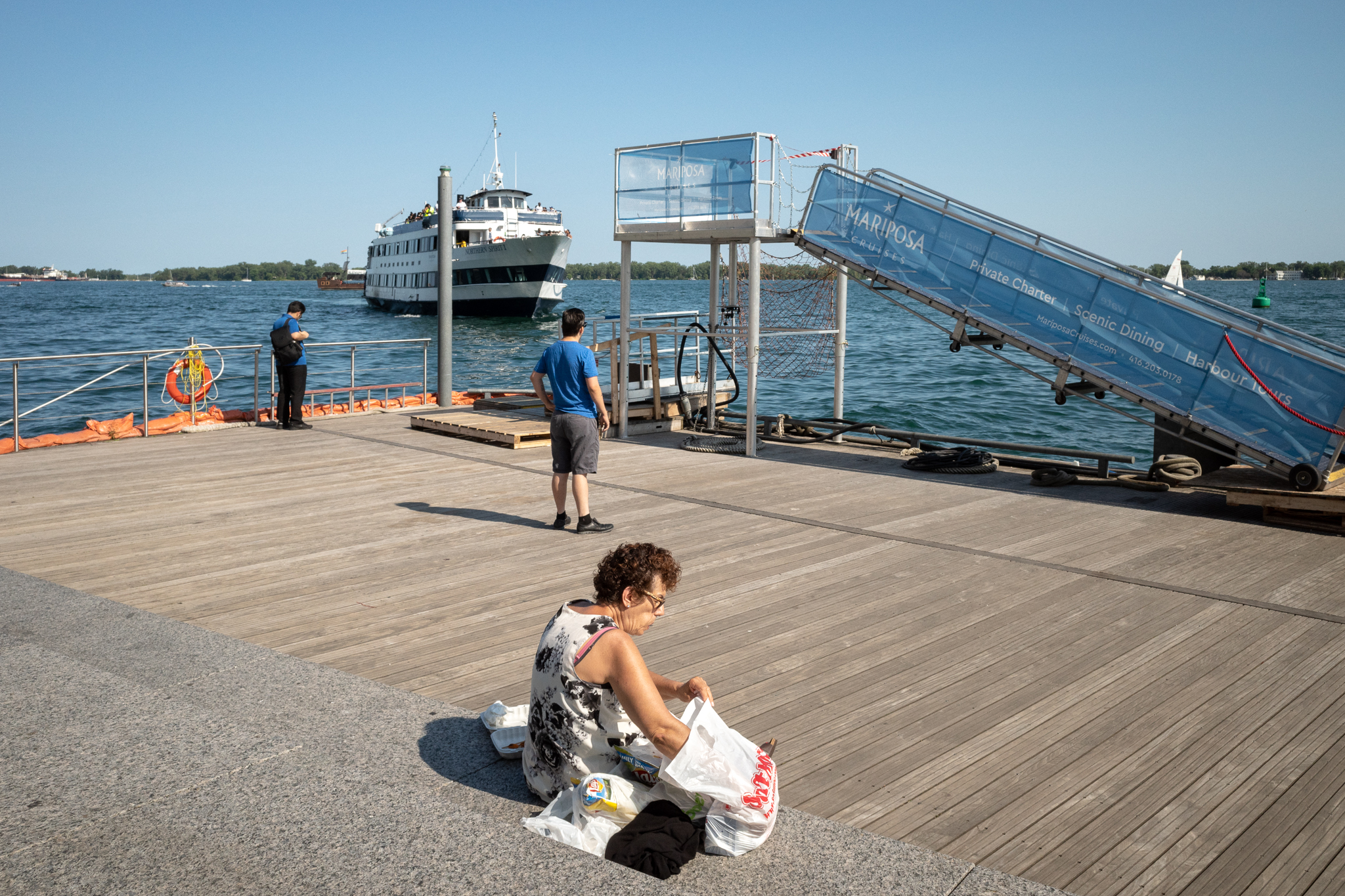
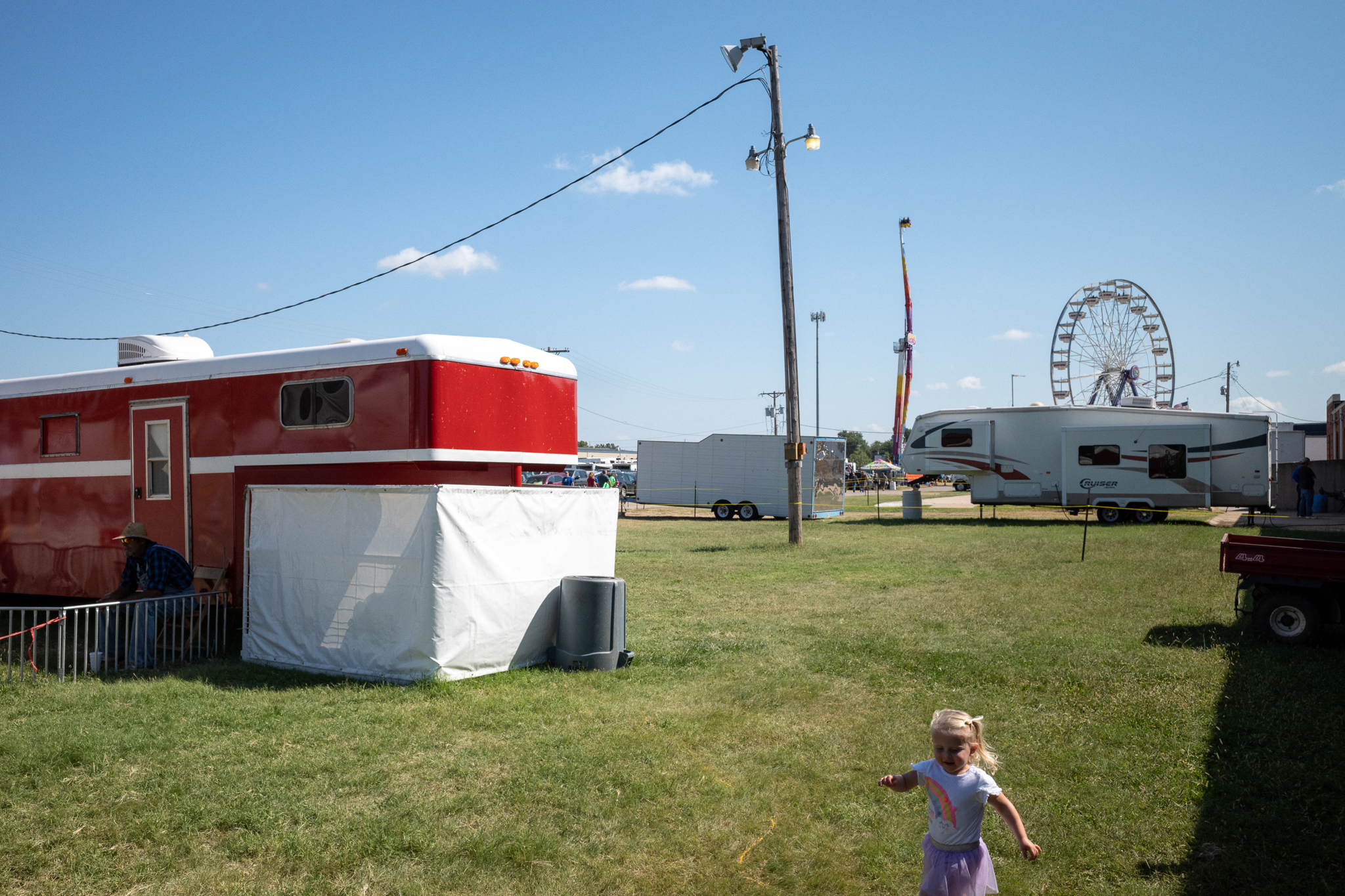
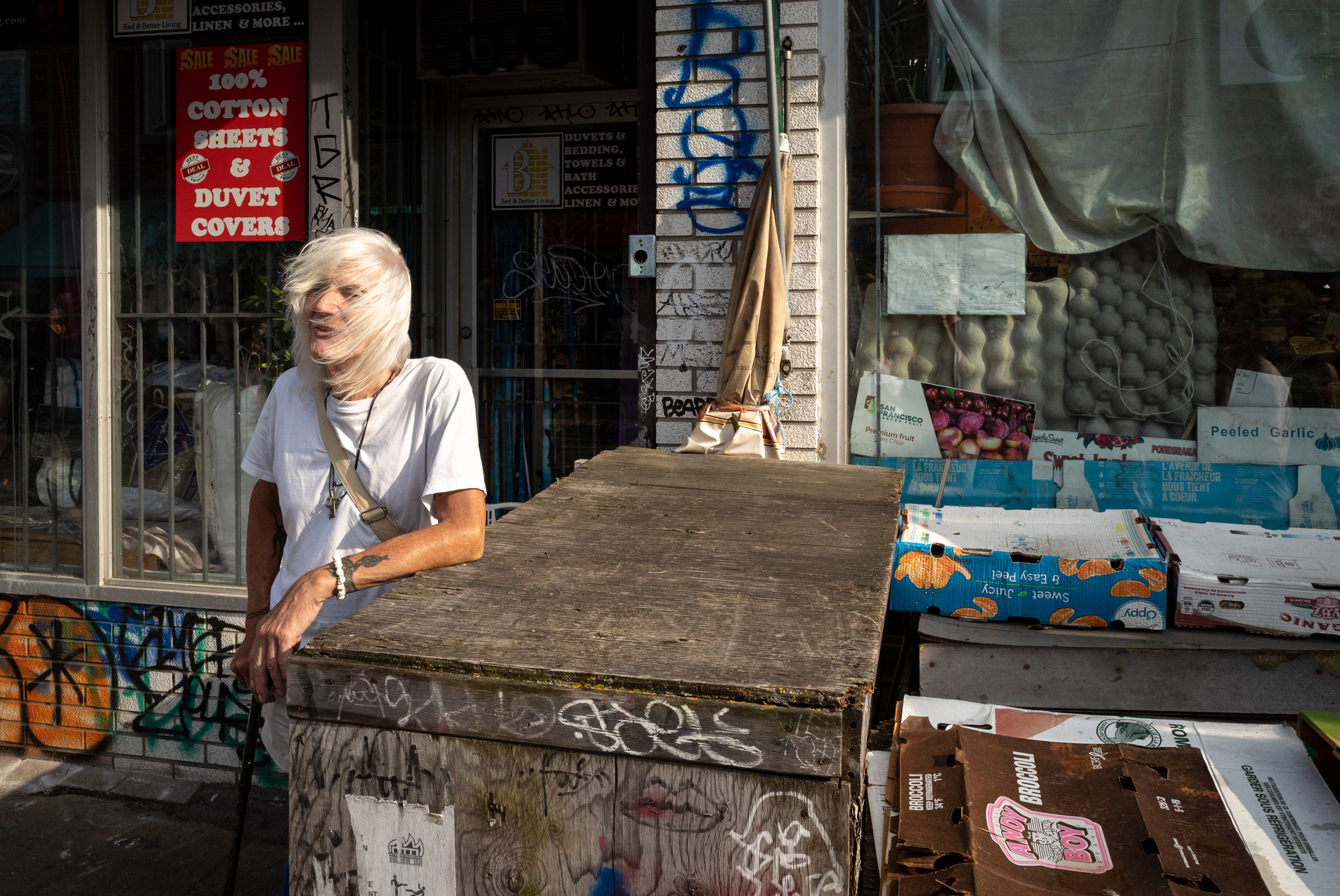

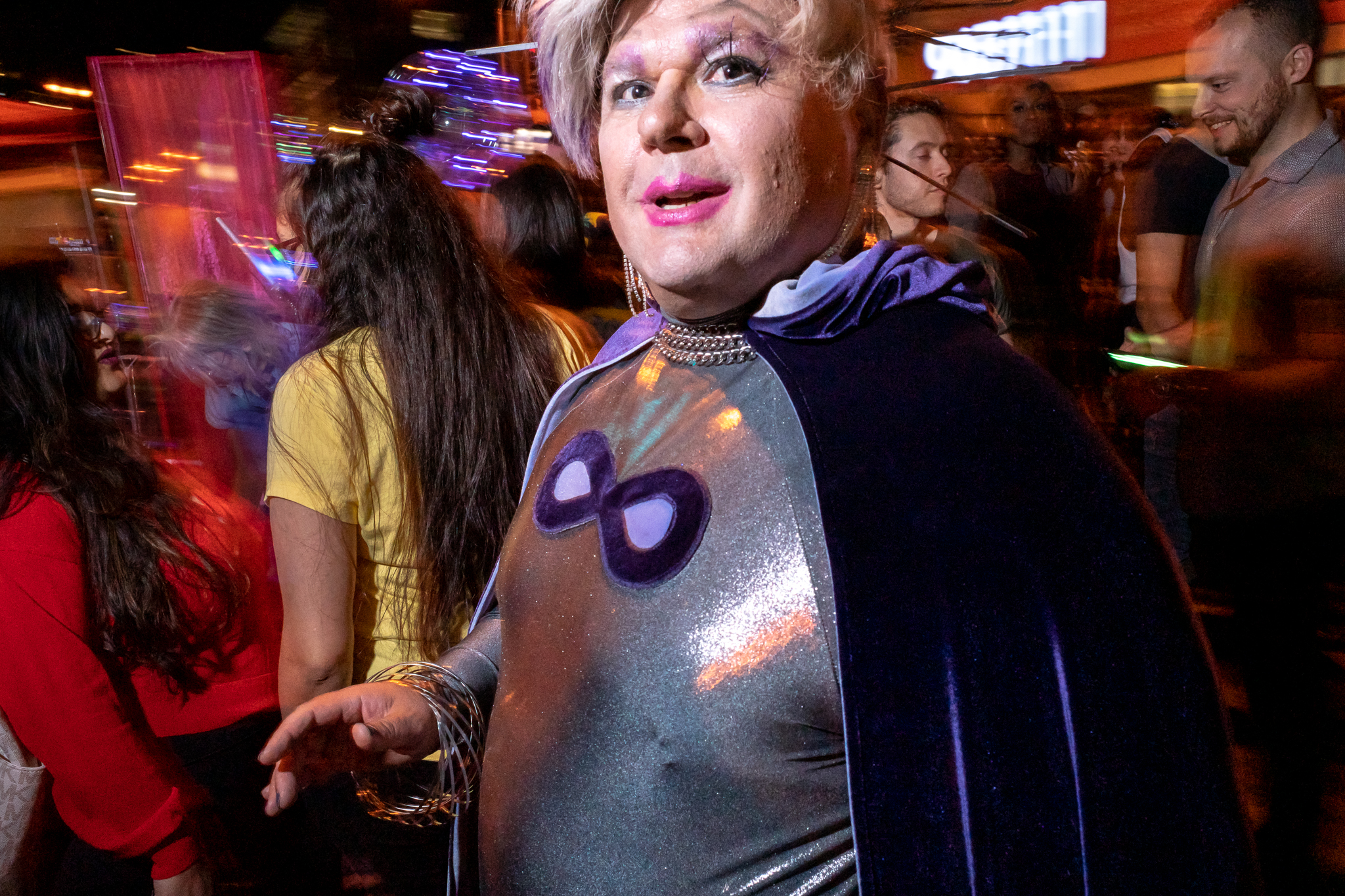


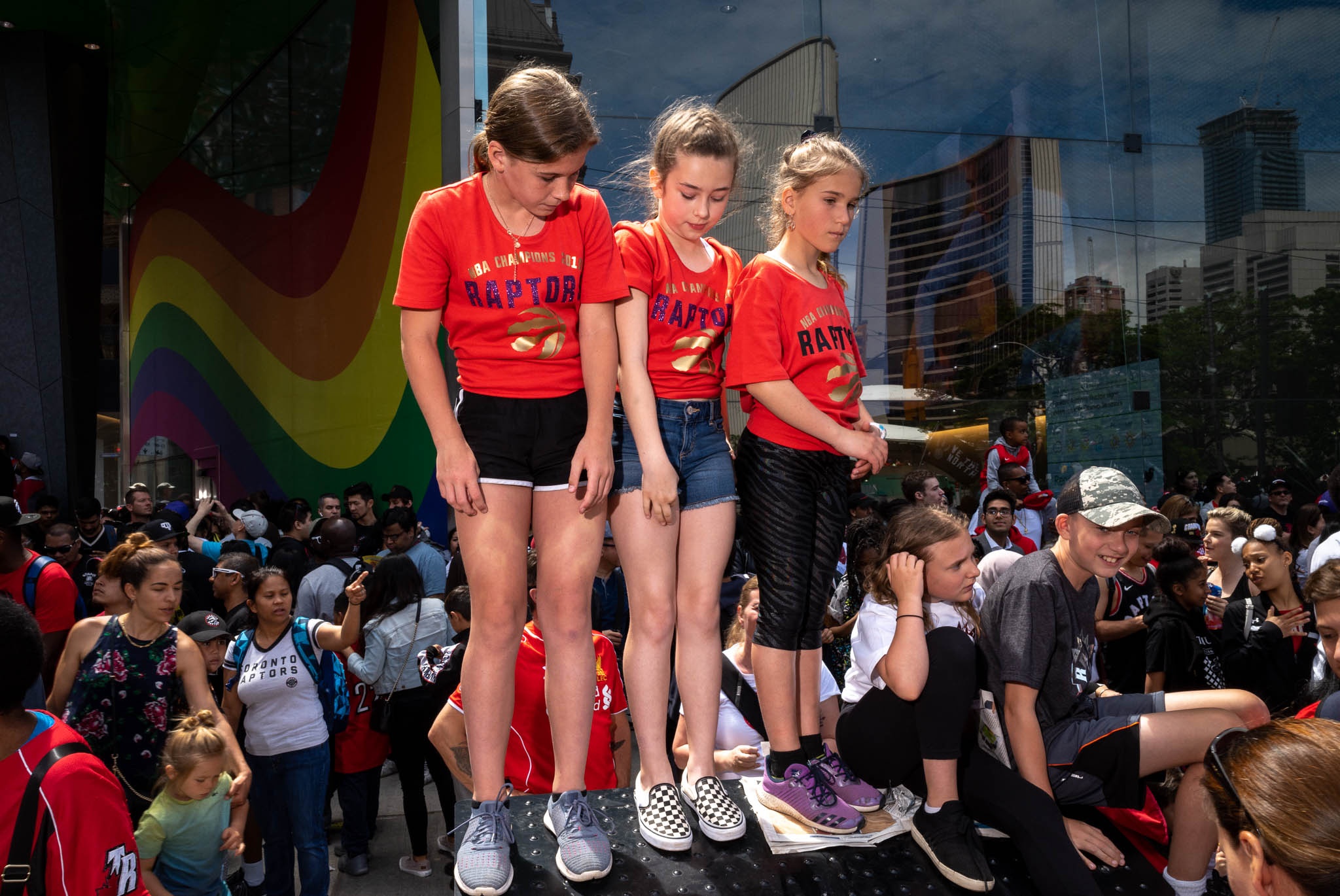
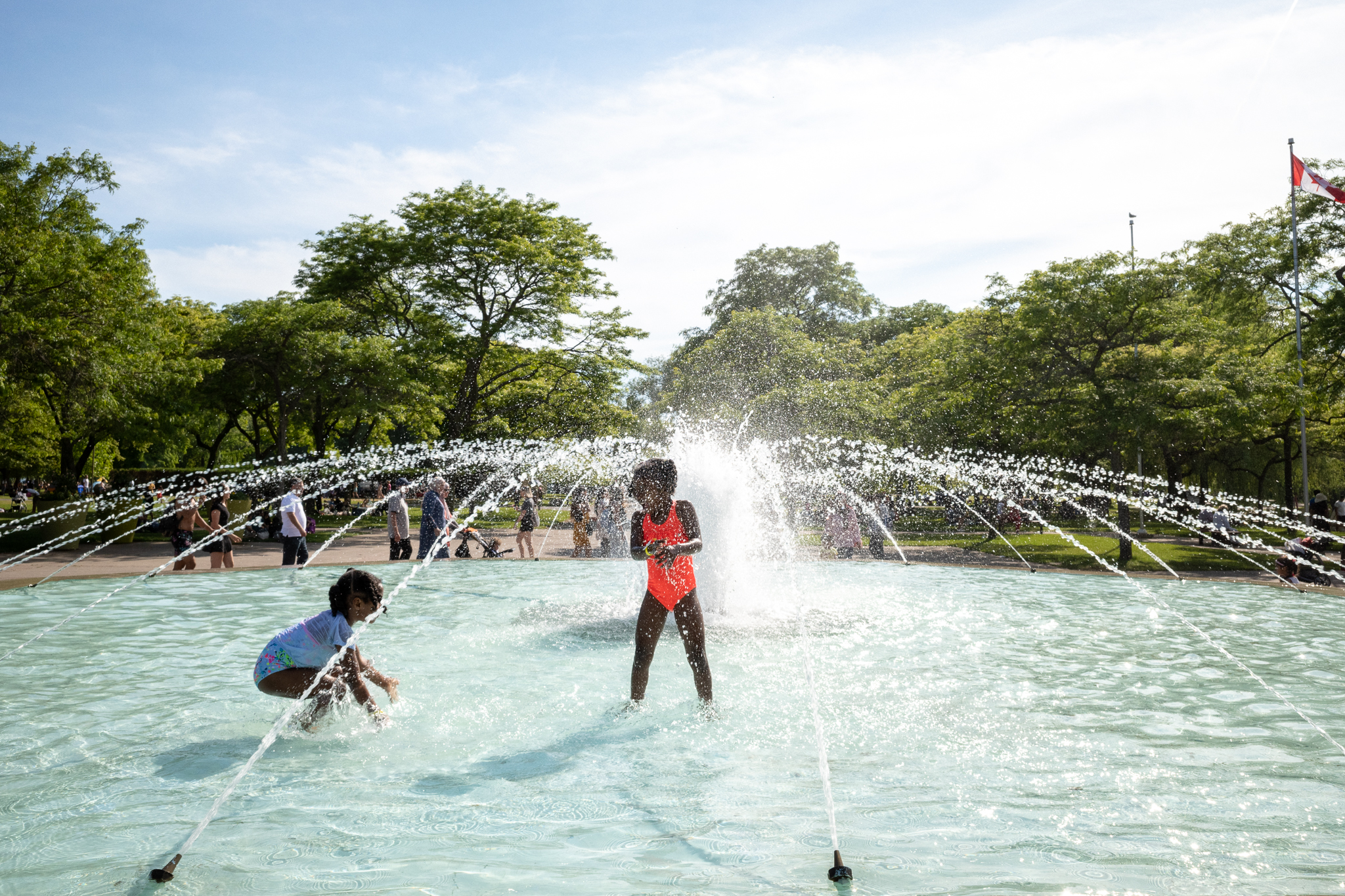
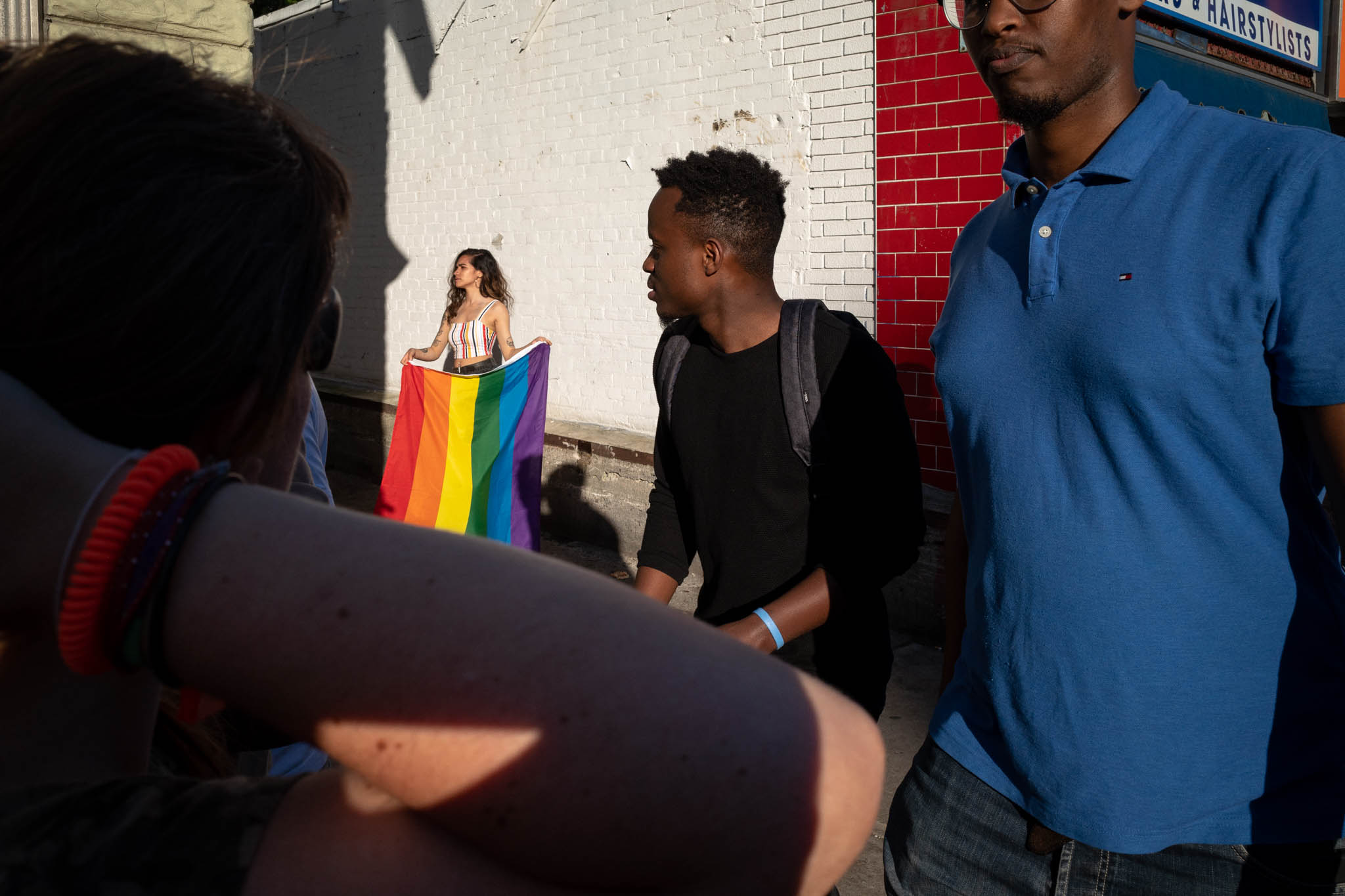
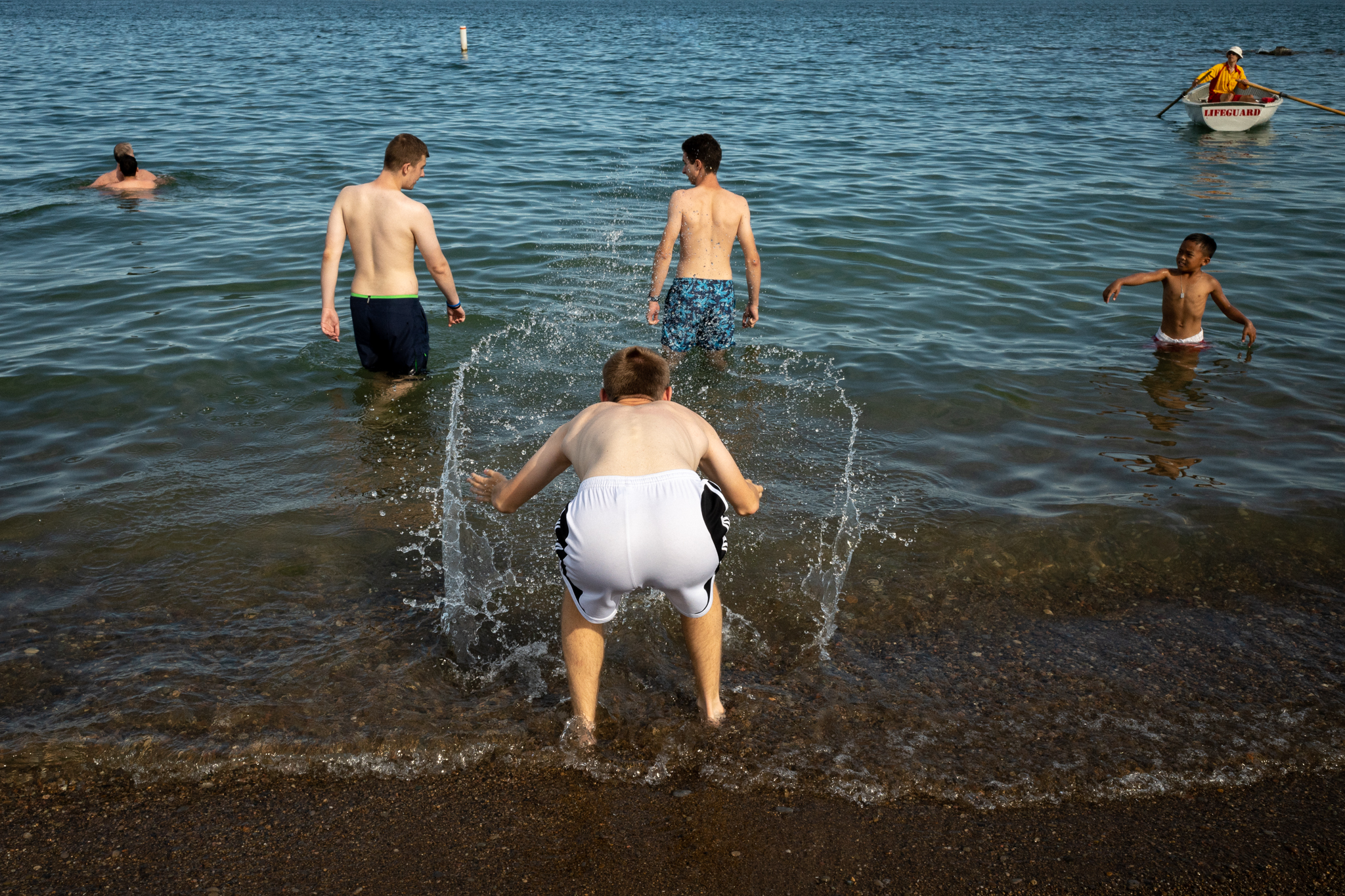
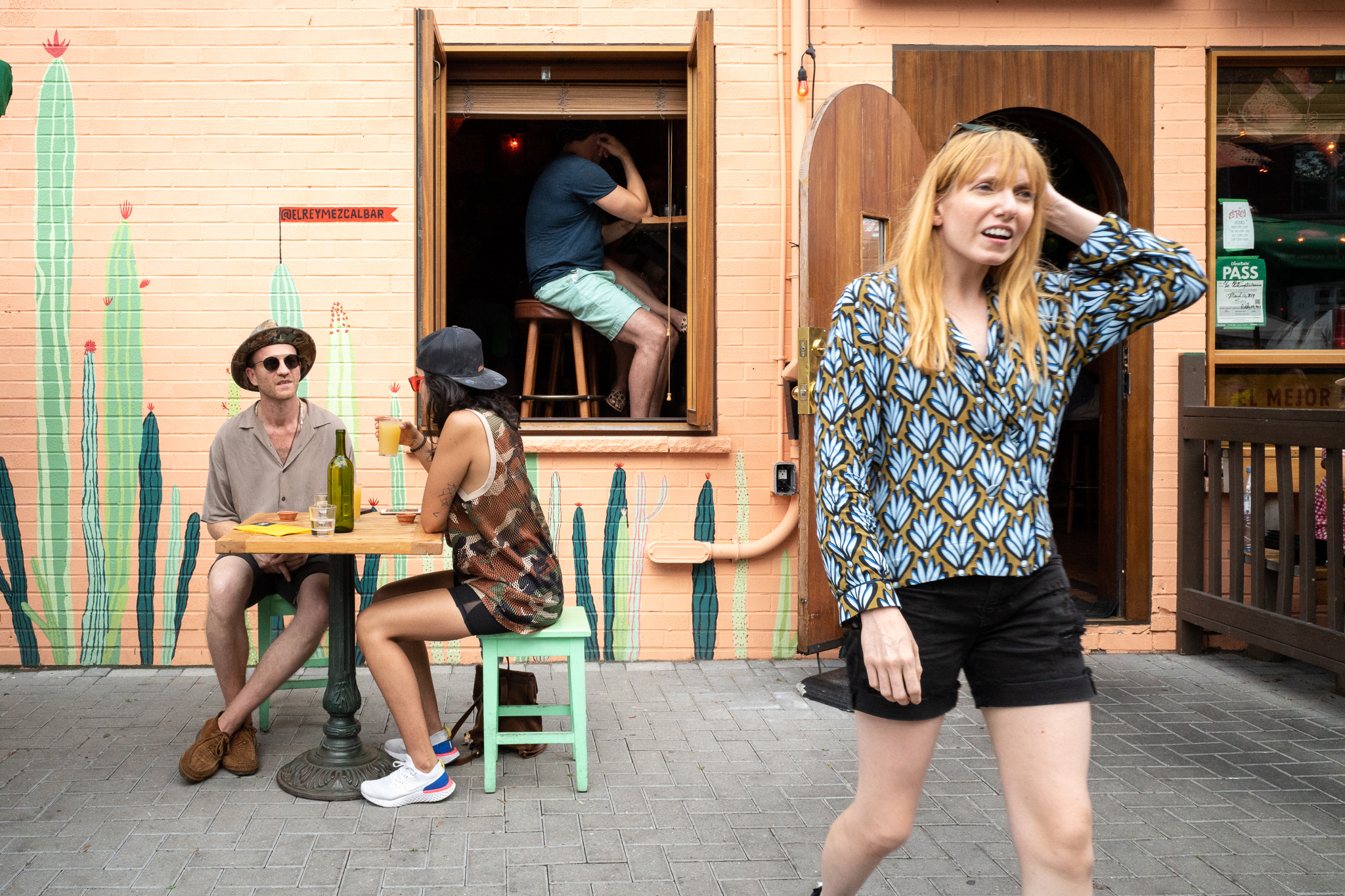
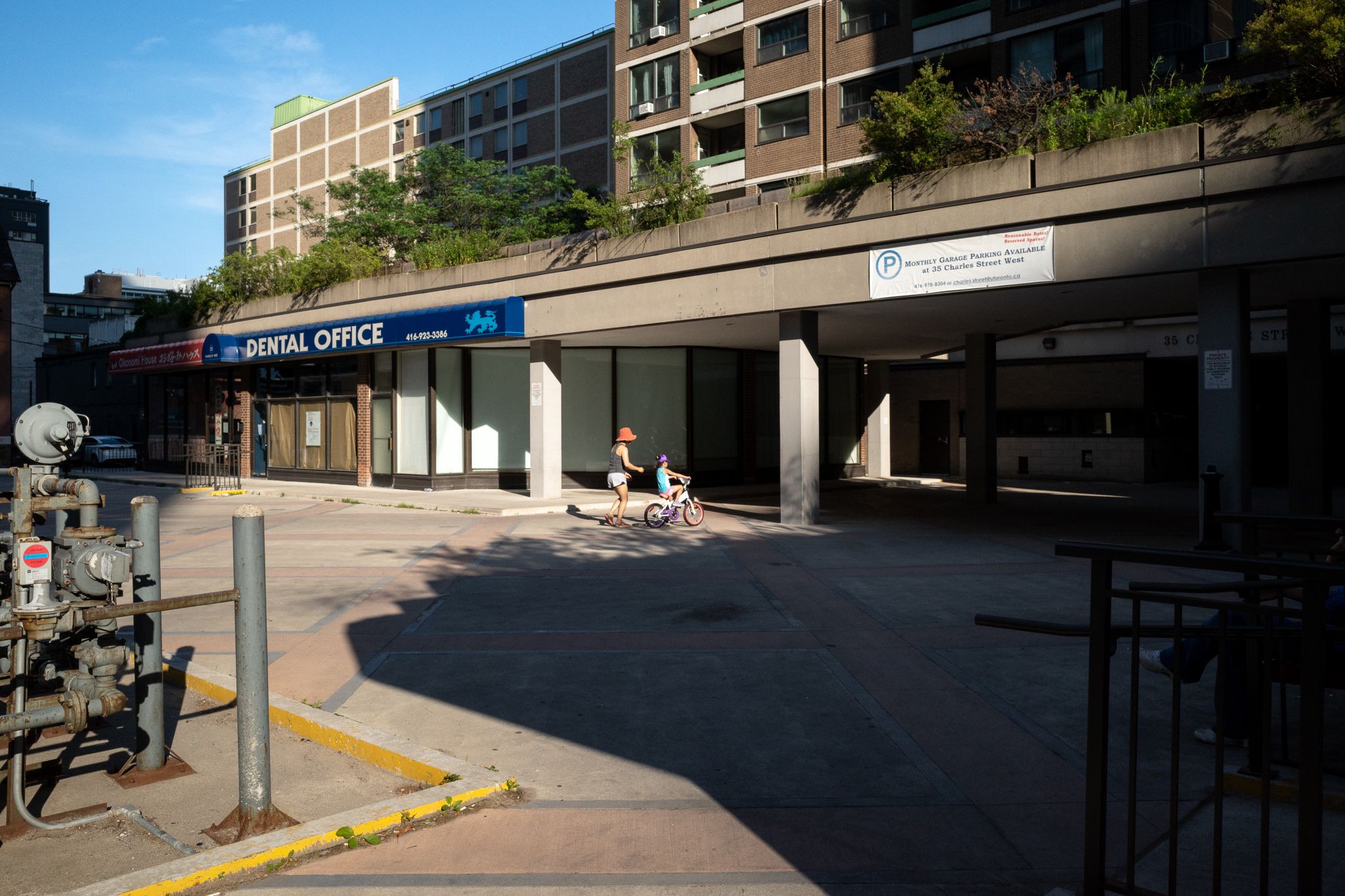
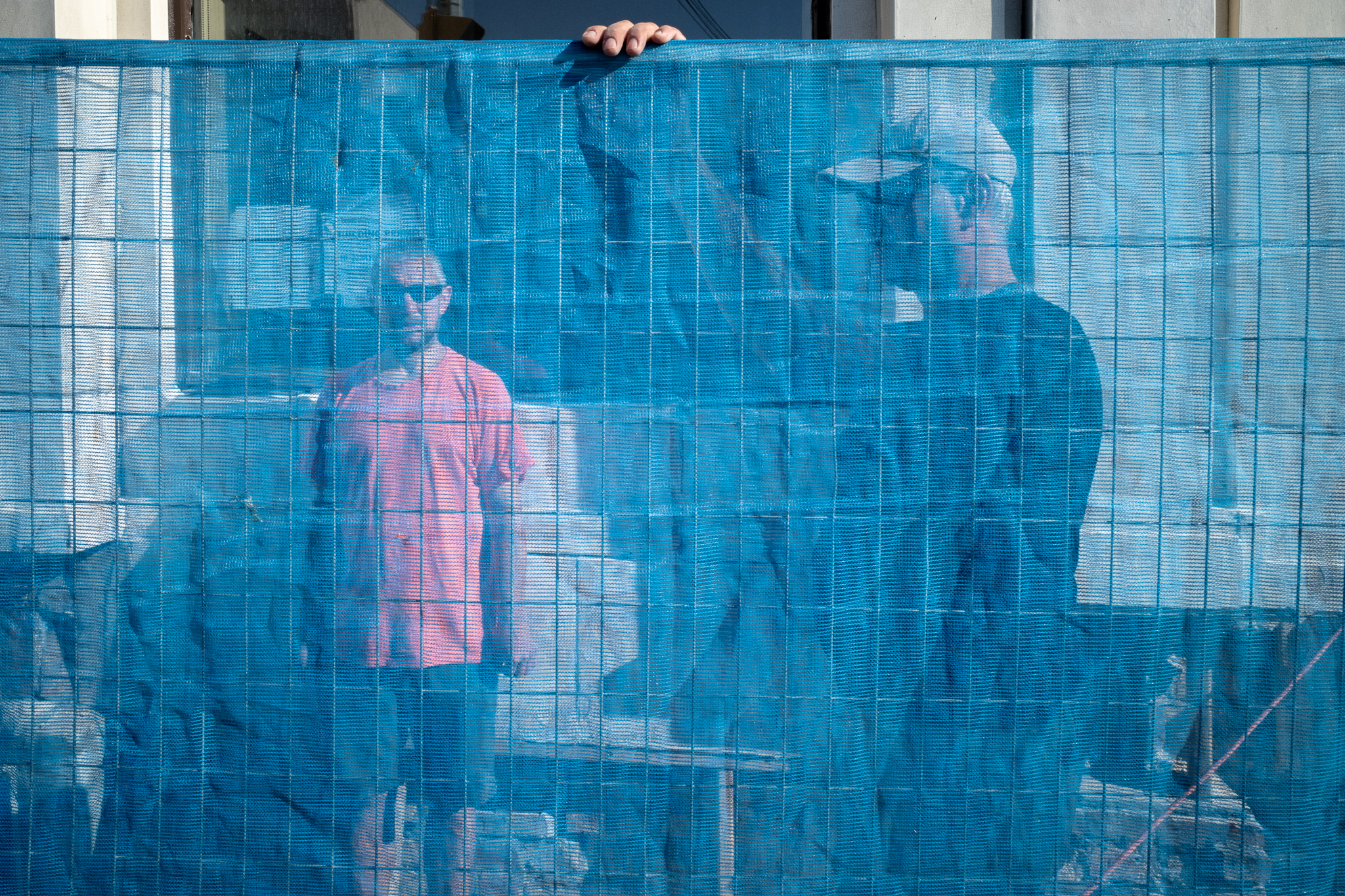
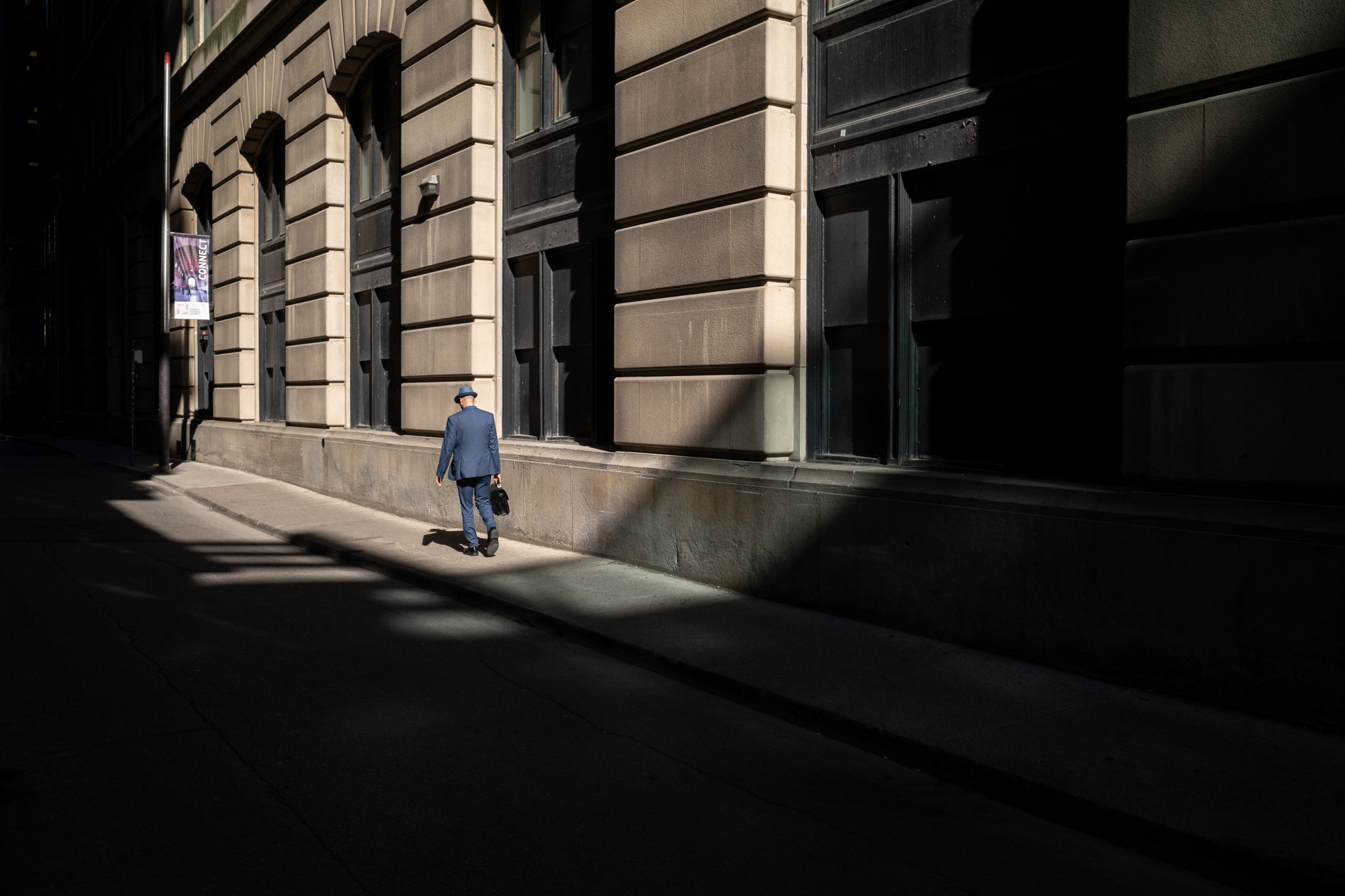
The LCD Is Pretty Darn Good
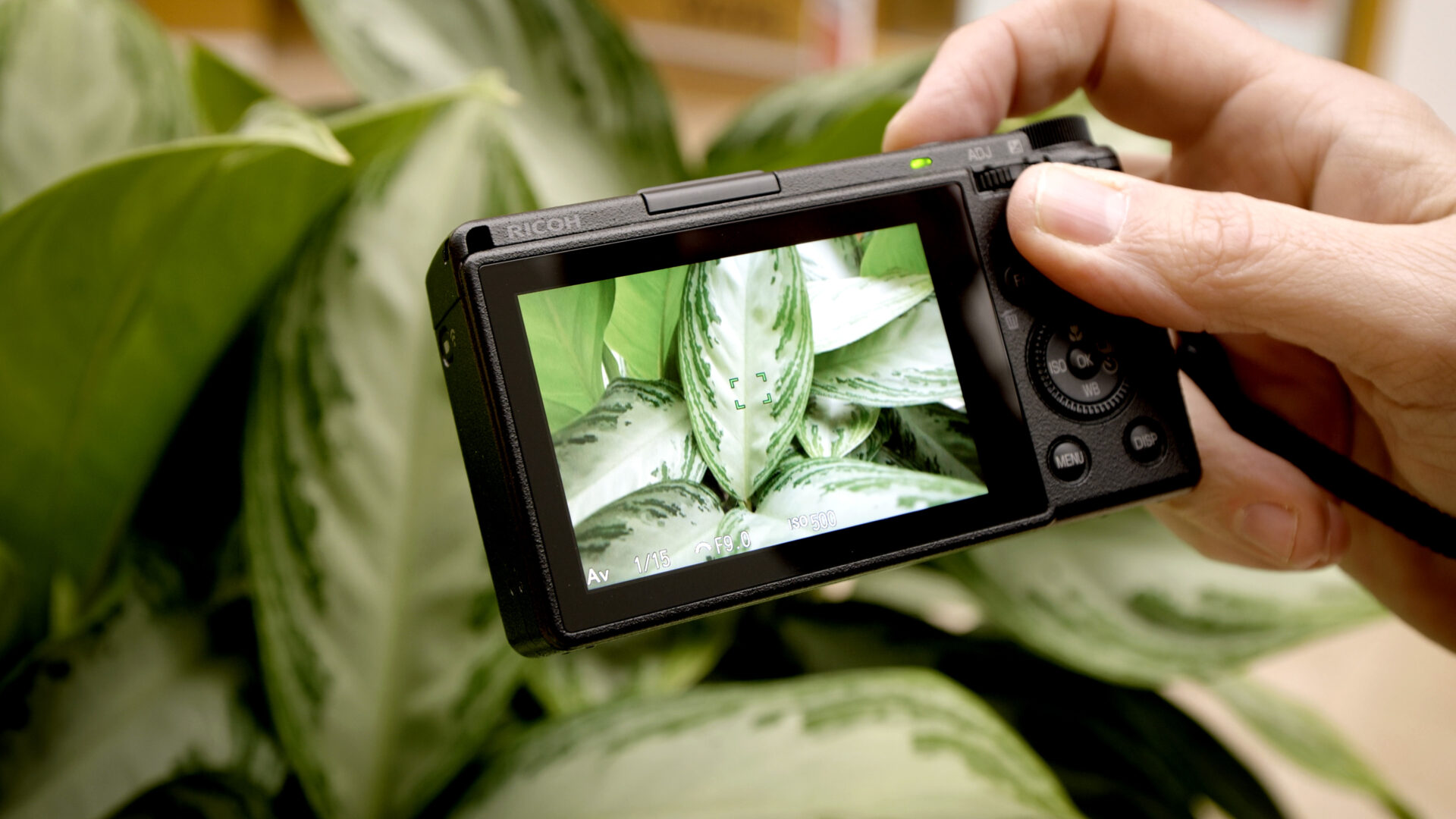
The Ricoh GR3 comes equipped with a 3″ Air-Gapless touch LCD for framing and reviewing your shots. Air-Gapless what now?
Basically, a special resin is placed between the LCD and the glass cover to reduce reflection and dispersion of light for better image quality. It sounds a bit like what Apple is using with their latest generation of iPads. Basically the glass is fused to the LCD instead of floating above it. This makes the LCD image appear to be on the top of glass itself instead of something beneath it.
Plus it’s touch sensitive for navigating menus and selecting focus points. This comes in super handy on a camera this small where space is at a premium!
I can say the LCD on this camera is bright and clear and perfectly usable even in direct sunlight. But it’s still an LCD and it’s a different way of thinking about the photographic process.
On Shooting With An LCD Only Camera
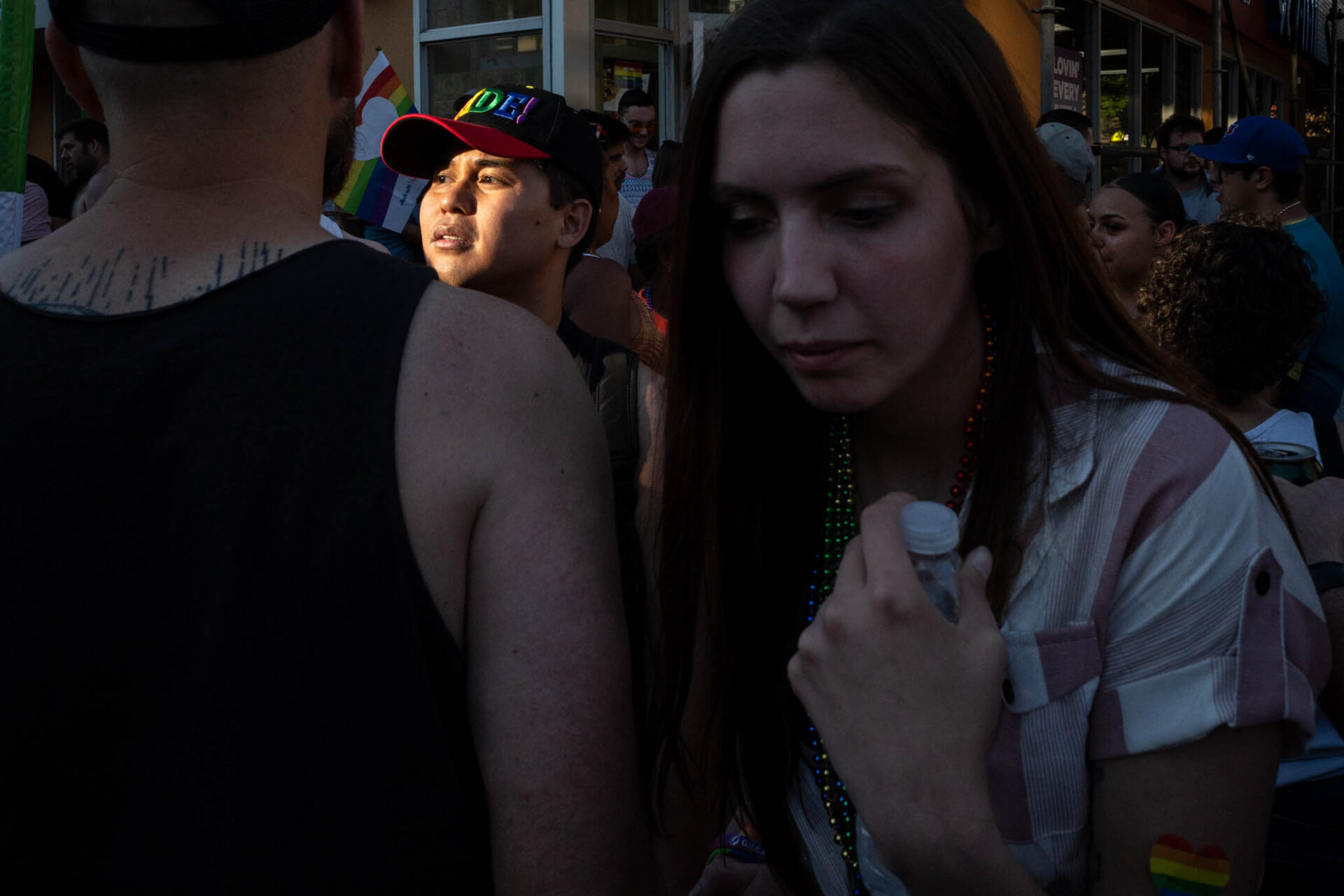
I’m typically an eye-level viewfinder kind of guy who enjoys the precision of framing my shots with an enlarged viewfinder image. Especially one where I can dial in my prescription with a diopter!
But when I look at an EVF, I’m often nagged by the sense that I’m looking “into” the camera. The image appears in real time but it almost seems to be separated from reality by the simple fact that it’s in the camera.
When I shoot with an LCD it takes me back out of the camera and into the action. I can still see the entire scene around the camera as events are unfolding in real time. The camera quickly becomes an extension of me and I’m able to create vibrant images that are alive with the immediacy of the moment.
This really encourages me to explore the world and capture the moments as I stumble upon them. And the act of shooting has become enjoyable again.
Very few cameras have had this effect on me and it’s a highlight for sure.
Battery Life Sucks And I’m Okay With That
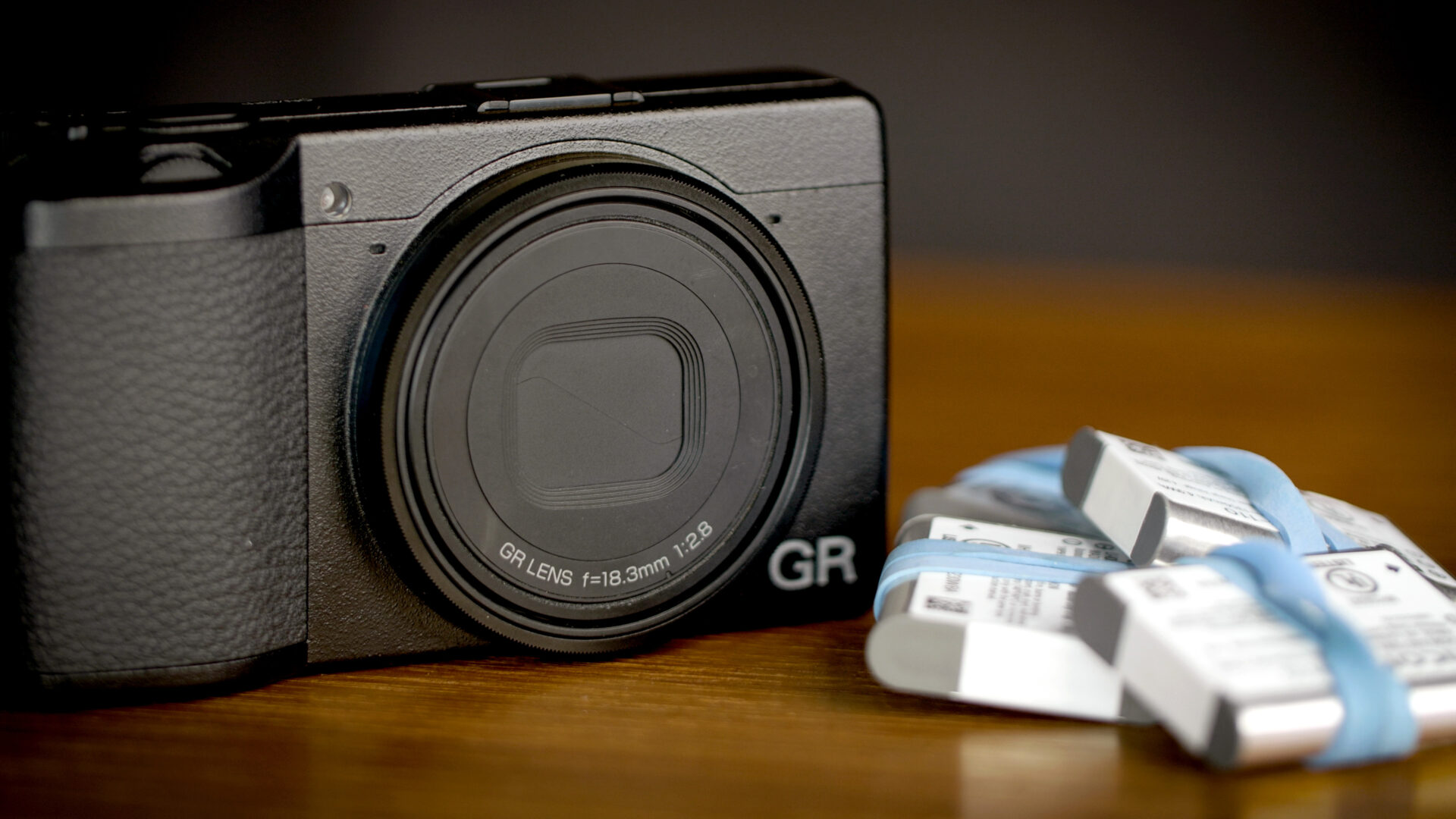
Let’s face it. The battery life on the Ricoh GR III pretty much sucks.
If I turn the GR III on and off when I find situations I want to shoot I get around 175 exposures on a fully charged battery. And before you go off on how terrible this is… Those 175 shots might be over 4 or 5 hours of shooting. So it’s not like the battery is unusable.
It’s fine.
But we’ve been completely spoiled by cameras like the Sony A73 with it’s outstanding all-day battery life. So anything less than that feels terrible. This includes the Ricoh GR3. And just about every other camera on the market that’s not the A73. You see where I’m going with this?
Look, batteries are easy to replace when they run out. And if you’re going to shoot with the GR3 you’re going to need a bunch of extra batteries. For me, this is a 4 or 5 battery camera. I might use 3 batteries on a full day of shooting plus I like to have at least one extra fully charged battery on top of whatever I think I’ll use.
I know, buying extra batteries doesn’t magically make the battery life better. But it makes it livable.
Ain’t No Charger In The Box!
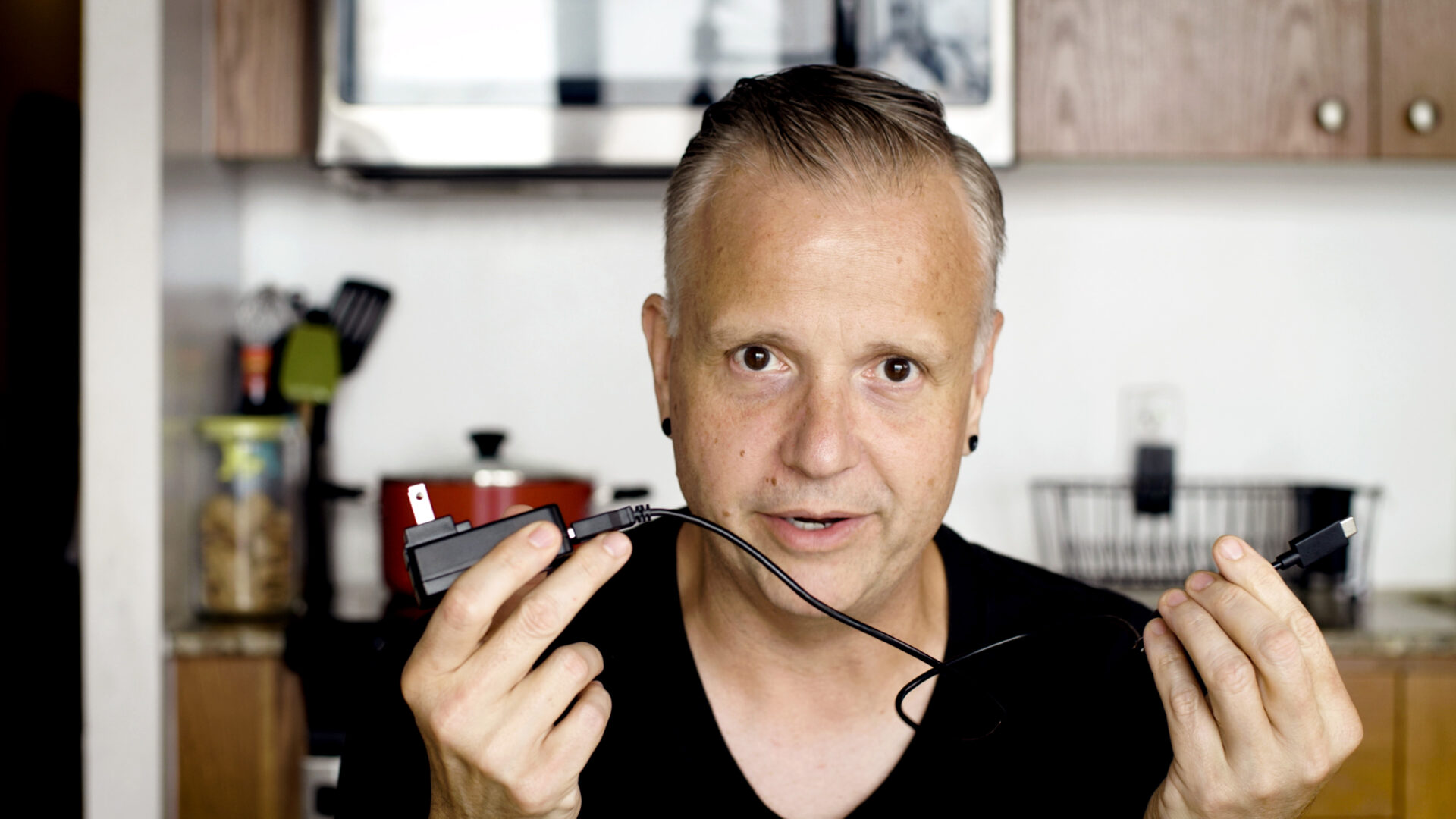
While we’re talking about batteries we should talk about the charger. Or should I say, the lack of a charger.
Yup, the GR3 (like a lot of recent cameras) only ships with an adapter to plug your camera into the wall to charge the batteries. In all fairness the GR3 uses a USB-C for charging so it feels a bit more secure than the tiny micro usb on other cameras. Either way, it’s a a terrible solution because you can’t use your camera while you’re charging your batteries.
I ended up springing for the Ricoh BJ-11 battery charger which cost me a whopping 50 bucks! And it’s literally just the part the battery clips into. You have to use the plug and cable that came with the camera which means you can’t double up and charge 2 batteries at once when you’re on the road. And did I mention it’s 50 bucks?
Gah!
Fortunately there’s a number of 3rd party options from companies like Wasabe that won’t break the bank. But it’s still frustrating to have to deal with this – just charge us a bit more and include the damn thing, will ya?
Okay, rant over…
Ultrasonic Sensor Cleaning For Dust Removal
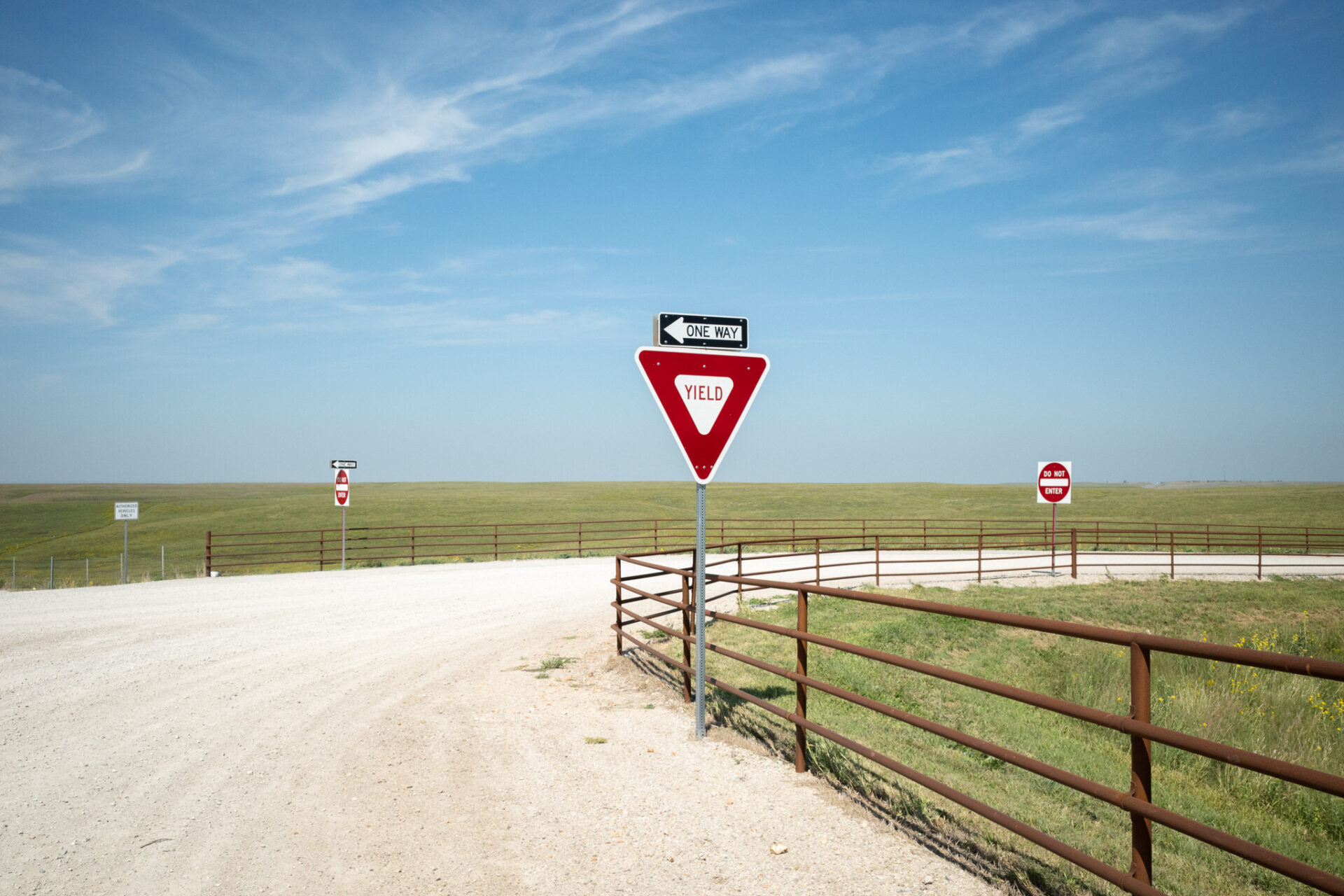
Dust has been a problem for just about all of the Ricoh GR digital cameras. As the lens extends and retracts it sucks dust into the camera which is promptly deposited on the sensor. Then you have to send the camera back to Ricoh who takes the thing entirely apart to clean the sensor.
Every Ricoh GR user knows this happens and it’s something we’ve had to live with because the features and usability of these cameras is so damn good.
But the Ricoh GR3 now includes sensor cleaning! There are mixed reviews on the inter-web about how well this system works but I haven’t seen any dust on my sensor yet so I haven’t had to put it to the test.
But it’s in there. And aint nobody gonna complain about that!
No Flash? No Problem!
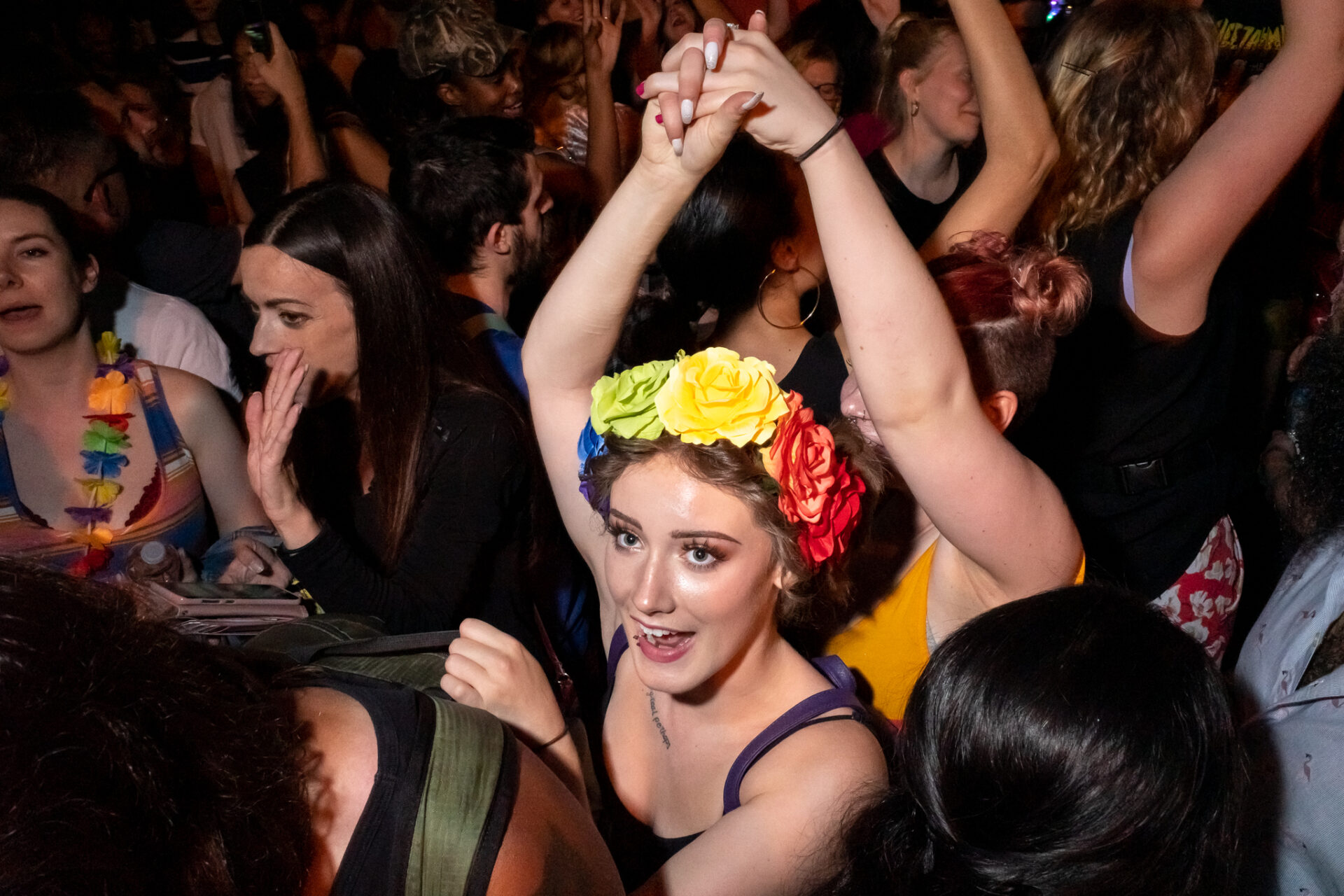
The Ricoh GR3 doesn’t include a built in flash. A lot of people are disappointed by this but honestly – I never used built in flash with the GR2. It was always just another jiggly bit that kind of bugged me.
All my flash street photography work is off-camera so I have to use a wireless trigger anyway. I’d rather have the slightly smaller body with no built in flash to be honest.
If the lack of a built in flash is a deal breaker then this just isn’t the camera for you. I’d argue that you’re missing out on a heck of a good camera though!
Ricoh GR3 Pros / Cons
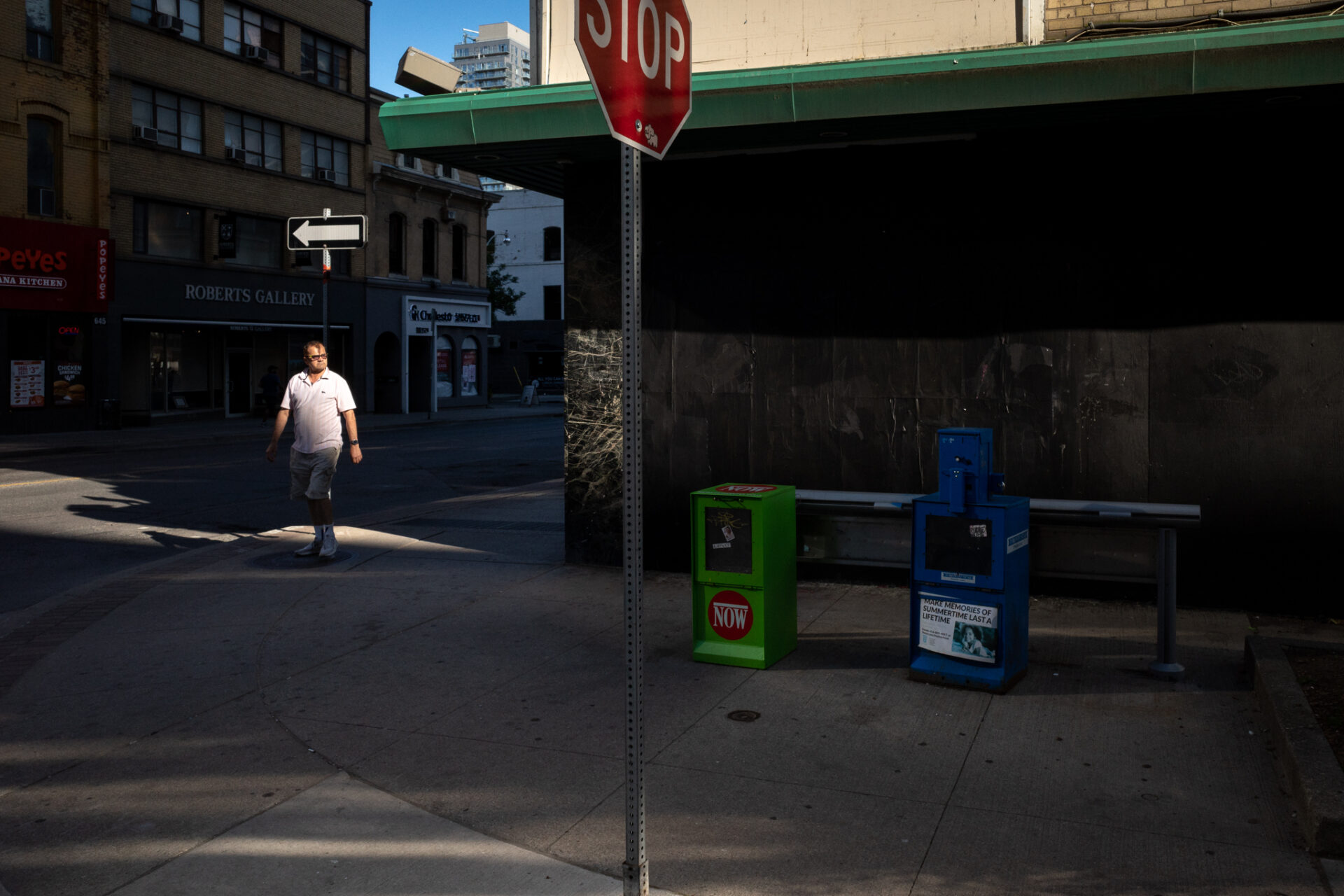
Oh man, where do I start with this? There are so many things I love about this camera.
- Outstanding build quality.
- Stealthy appearance.
- Small size is almost pocketable.
- Leaf shutter makes shooting flash on the street a breeze.
- Fast power up.
- Snap focus mode for zone shooting.
- Signature image quality.
- Newly designed 28mm equivalent lens.
The list goes on and on…
But as much as I love the Ricoh GR3 there are a few things that could have been better.
- The LCD is good but could always be brighter.
- Mode dial is a bit fiddly.
- Accessory ring cover is ridiculously loose.
- No charger in the box.
- Crap battery life
None of these negatives change my opinion of this excellent little camera.
Conclusion
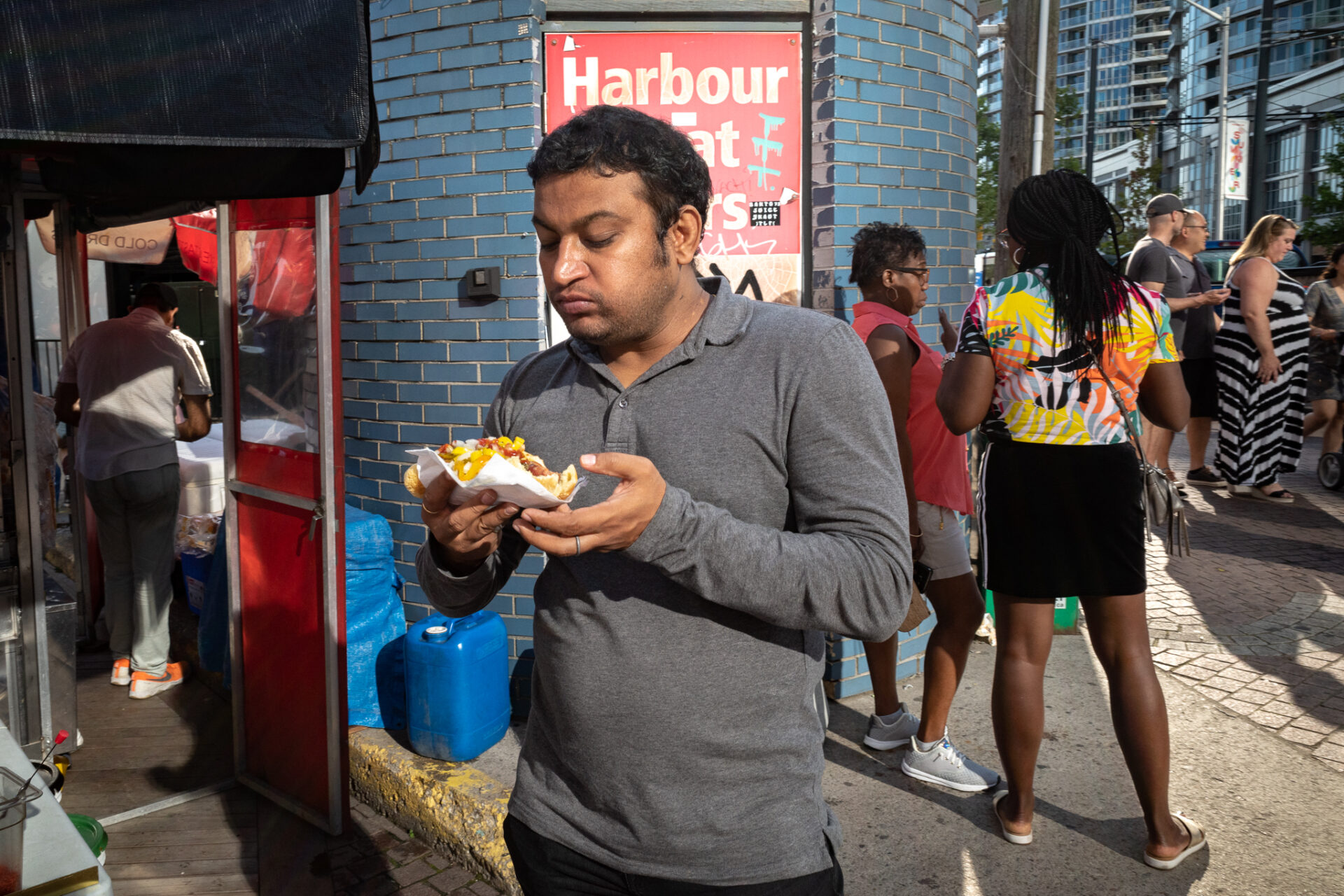
The Ricoh GR3 is a major step forward for the Ricoh GR series of cameras and while it’s not perfect, it’s a great choice for street photography.
You can still buy the GR2 for an excellent price and it’s pretty tempting. But the advances in image quality, high ISO performance and overall usability DEFINITELY make the GR3 worth the difference.
I have no problem recommending this camera for any street shooter looking for a smaller kit that doesn’t sacrifice image quality or usability for size.
The Ricoh GR III is my daily driver for street photography. In fact, I don’t even think about using another camera. Anyone who knows me knows I’m always looking for my next camera. But this time around, I’d rather just keep shooting.
And I don’t see that changing any time soon.
The Ricoh GR3 is available from your favorite online retailer:
Ricoh GR3 at B&H.
Ricoh GR3 on Amazon.
Canadian readers can find the Ricoh GR3 at Canada’s greatest camera store:
Please support StreetShootr and use one of the links on this page if you decide to purchase the Ricoh GR III. It costs you nothing extra but I will receive a small commission that helps keep this site alive and growing. Thanks for your support!
What’s your take on our Ricoh GR III street photography review? Is this the king of all street photography cameras? Or are you going to wait for the GR IV? Post your ideas in the comments below and keep the conversation going!

